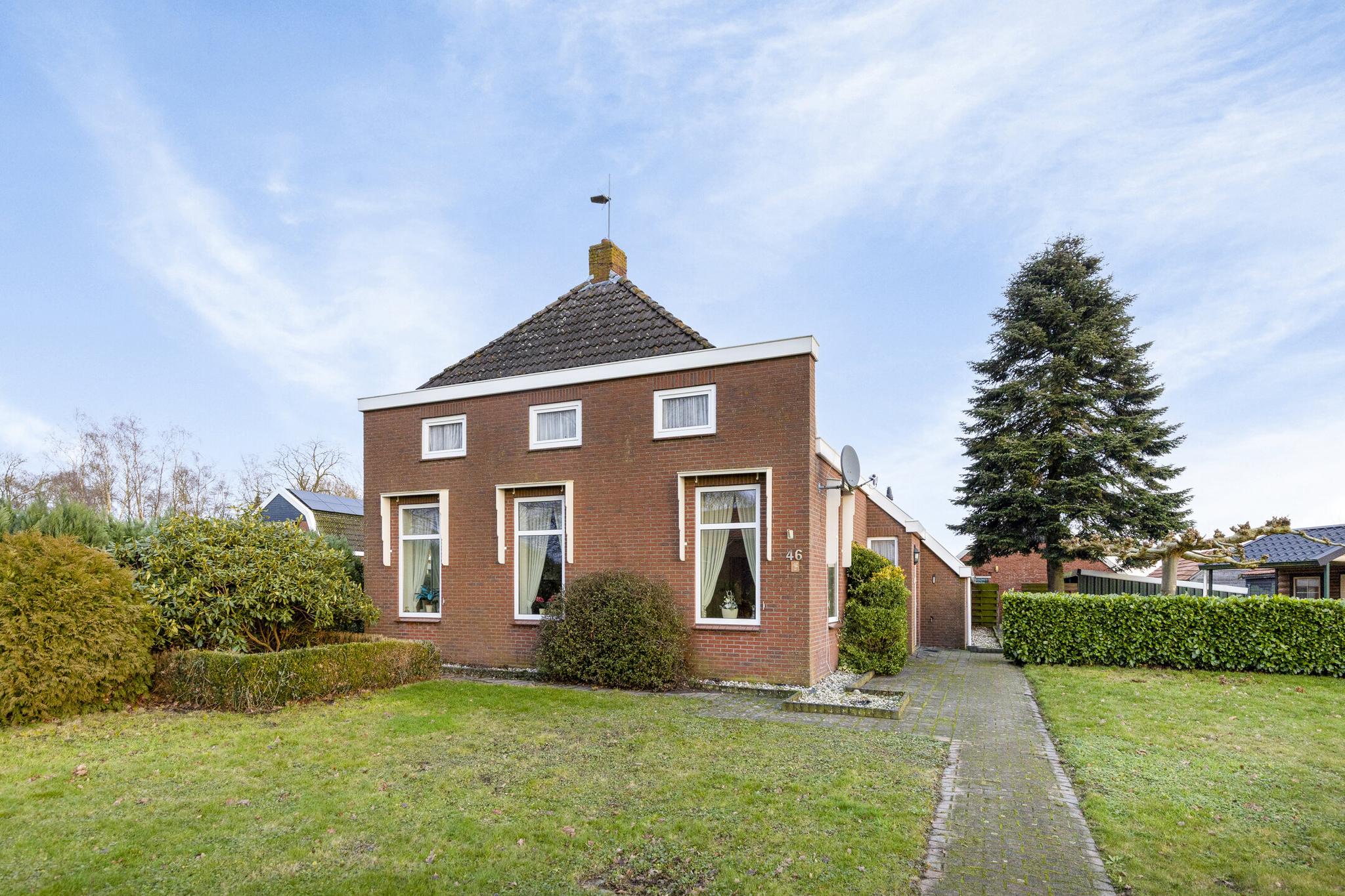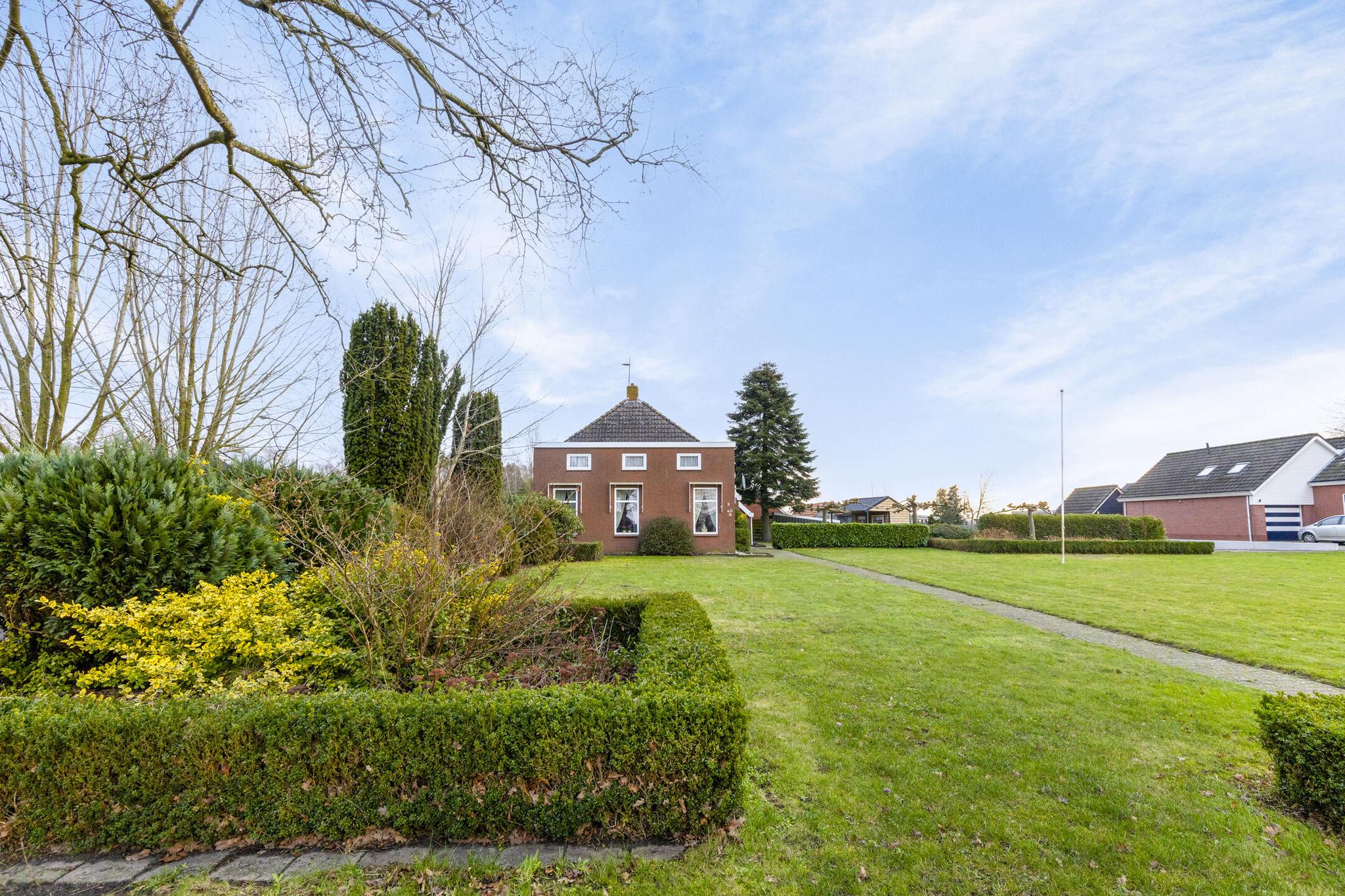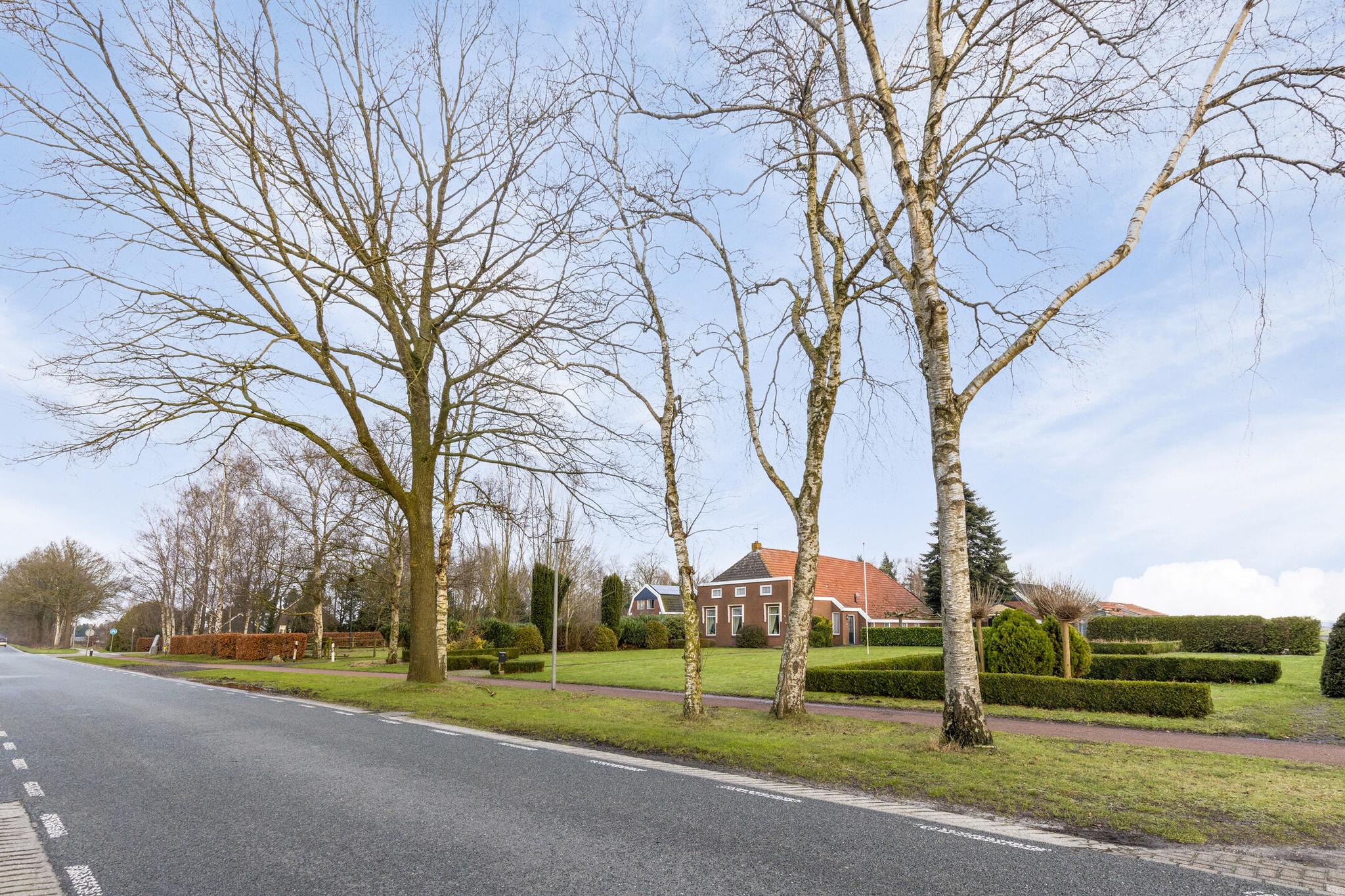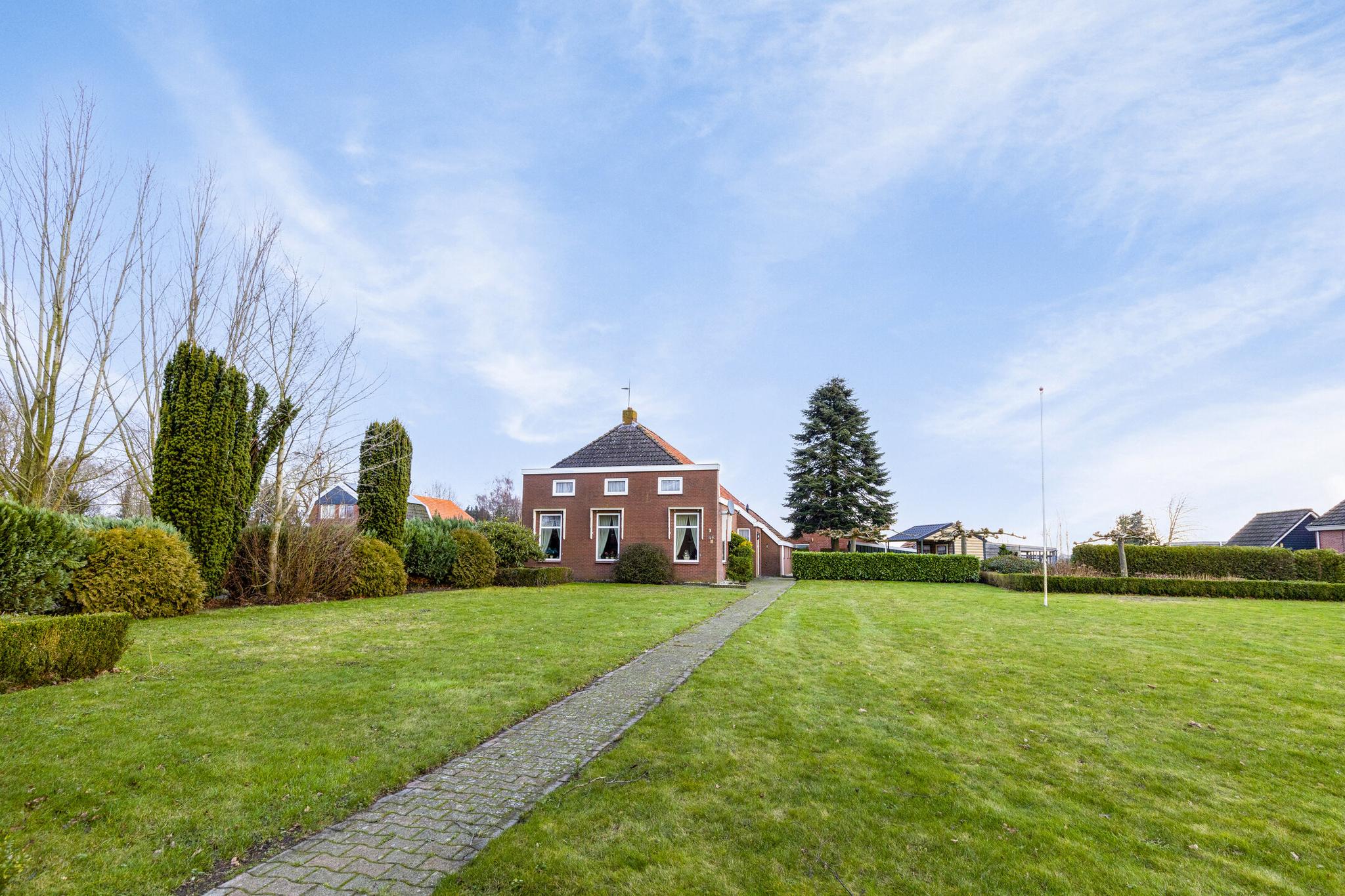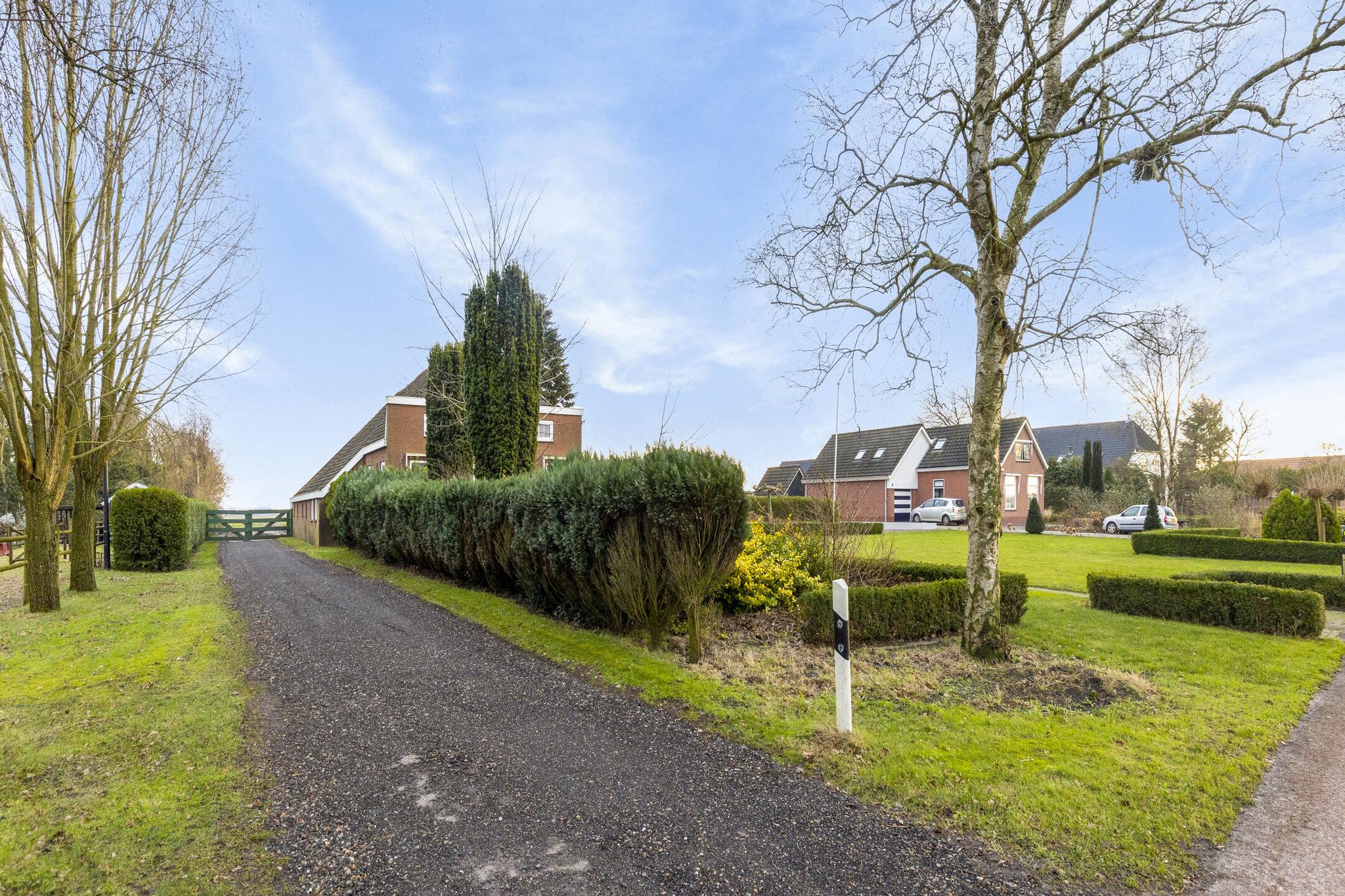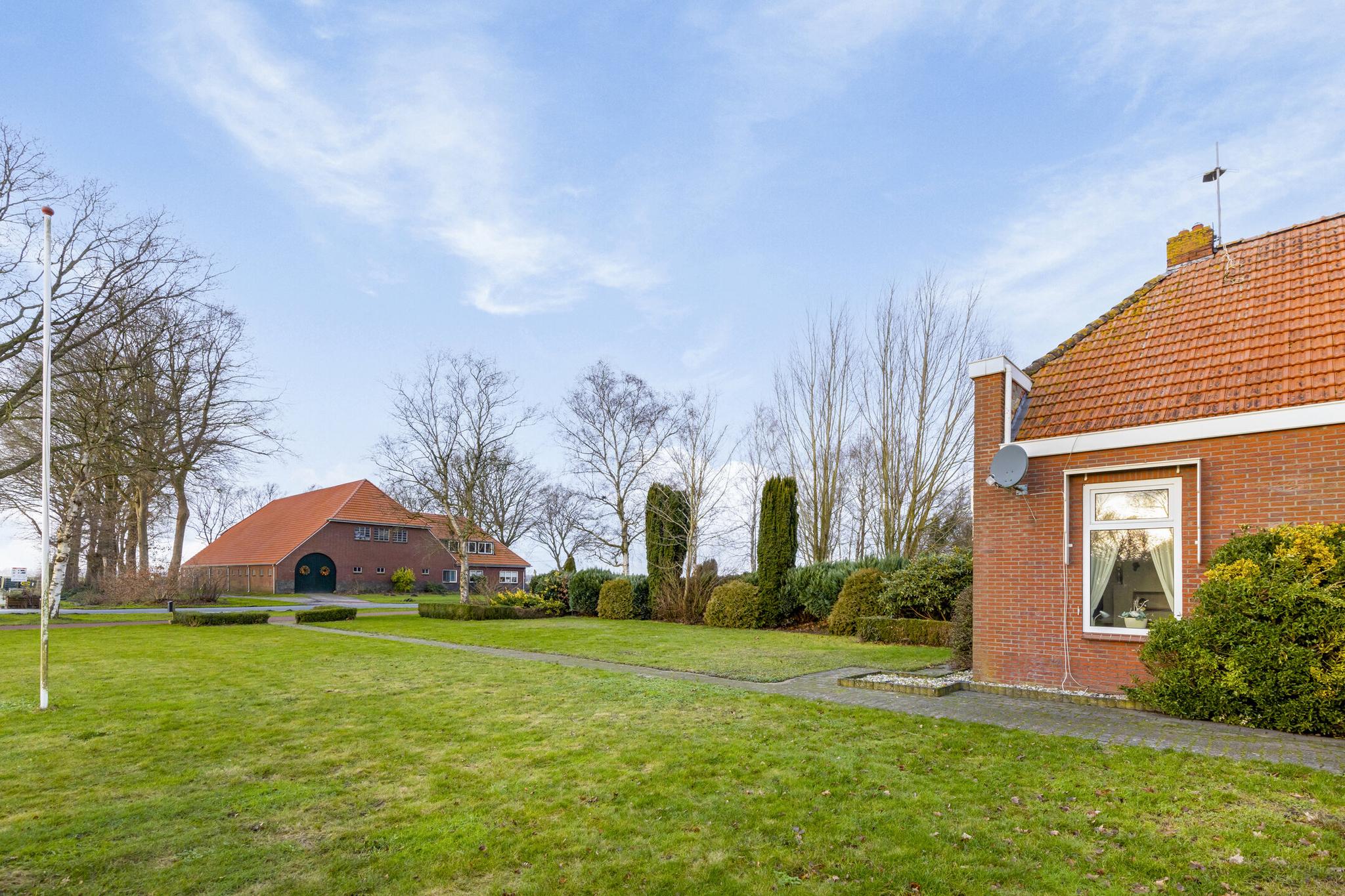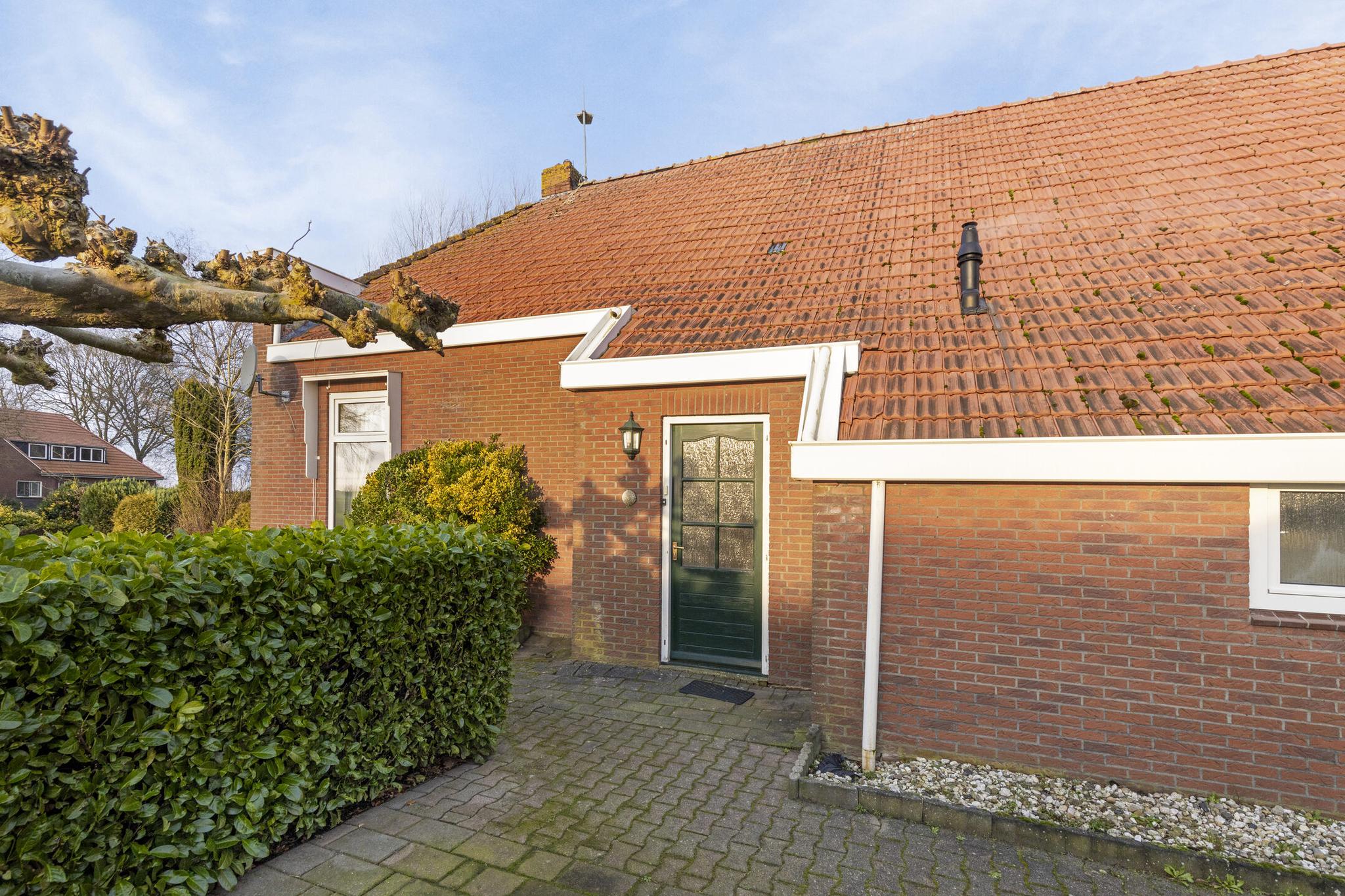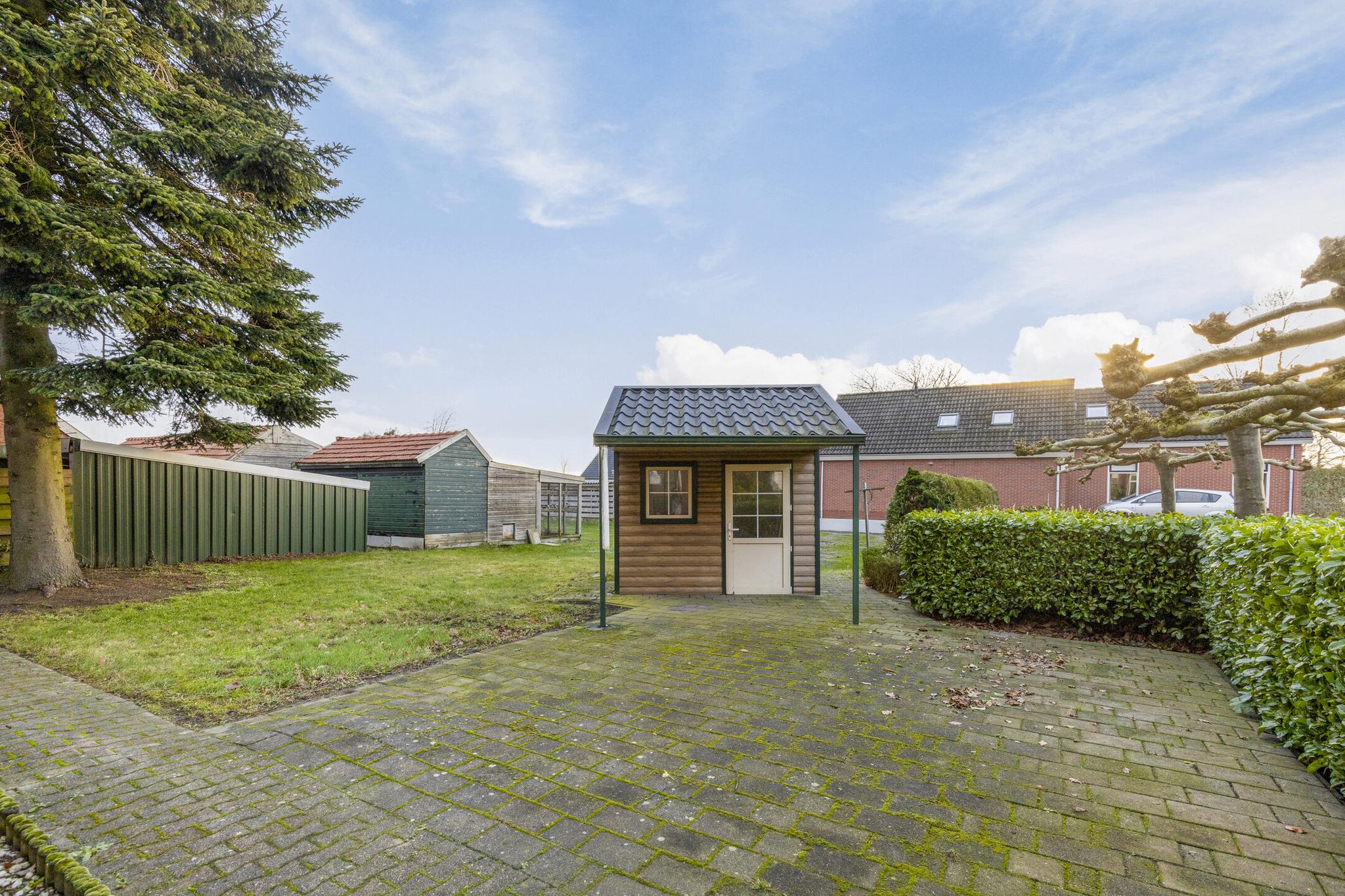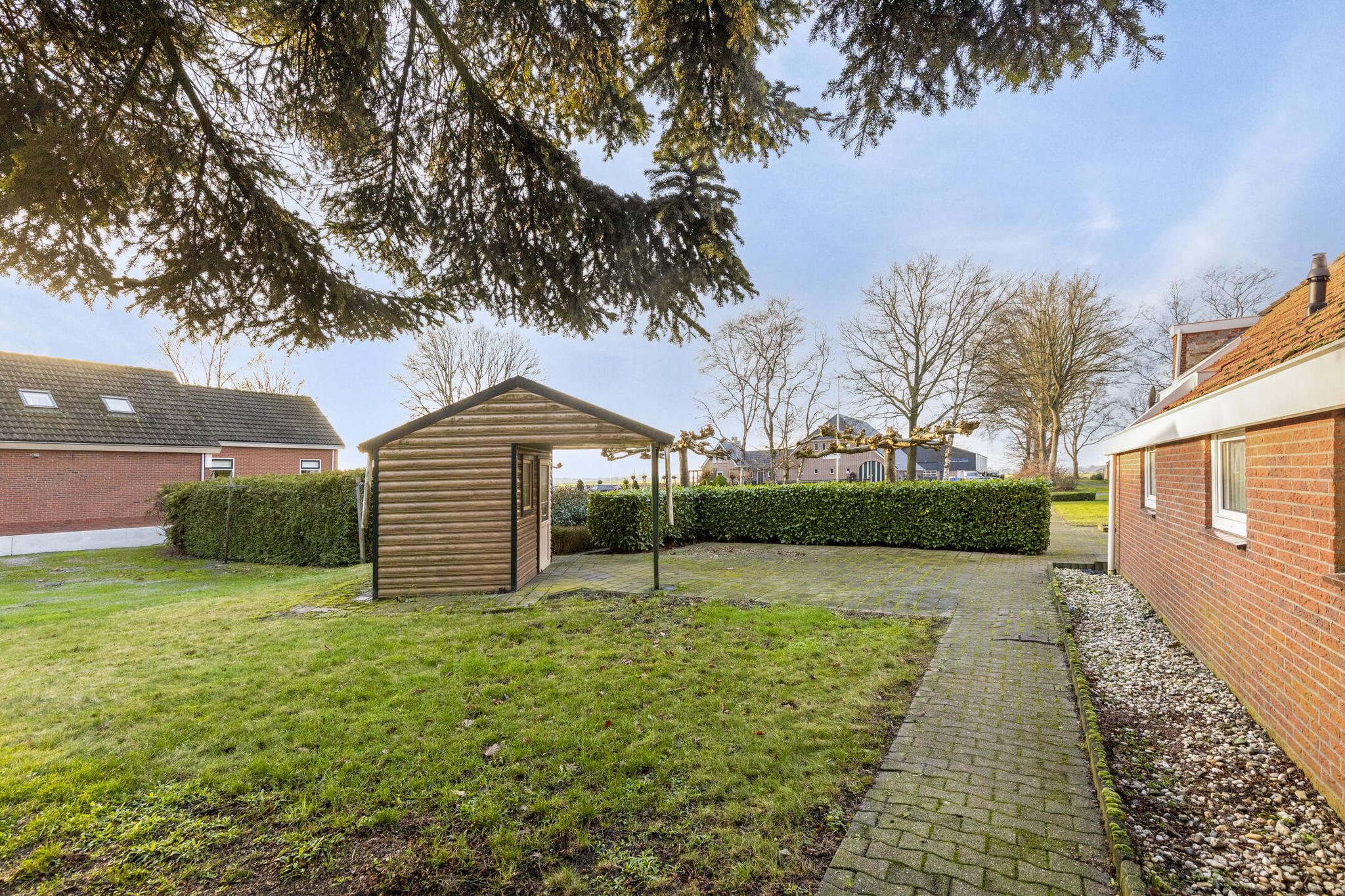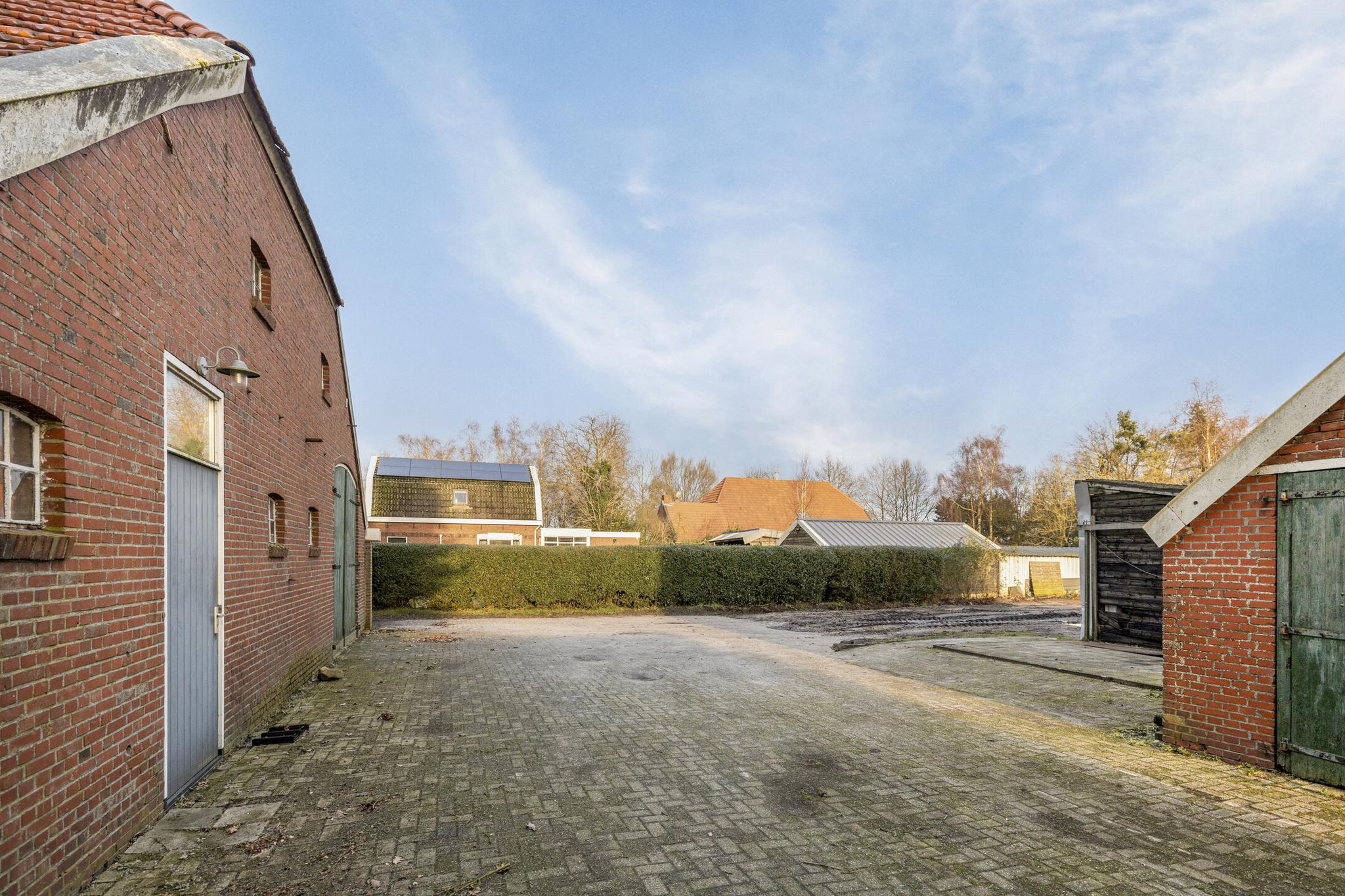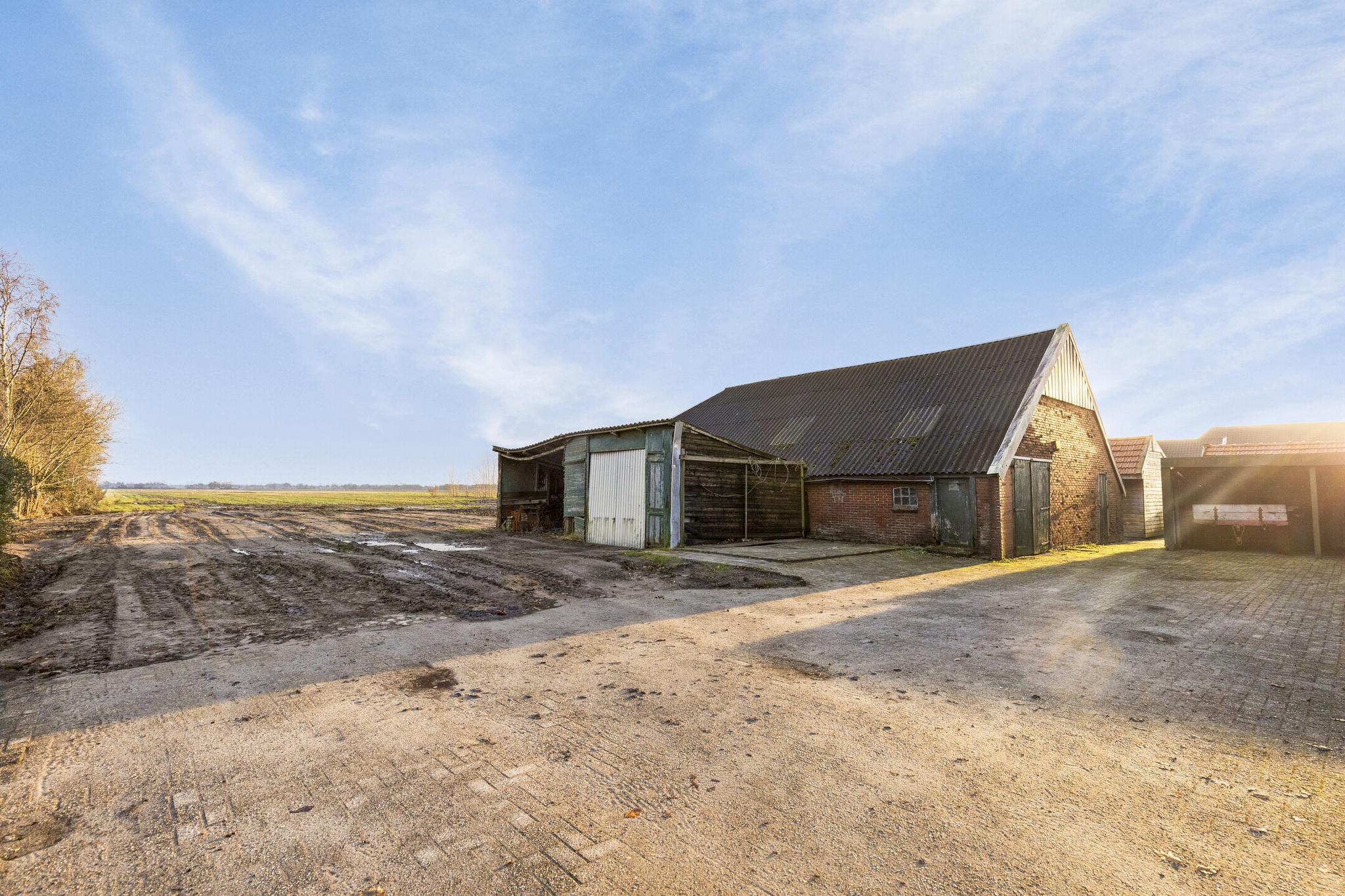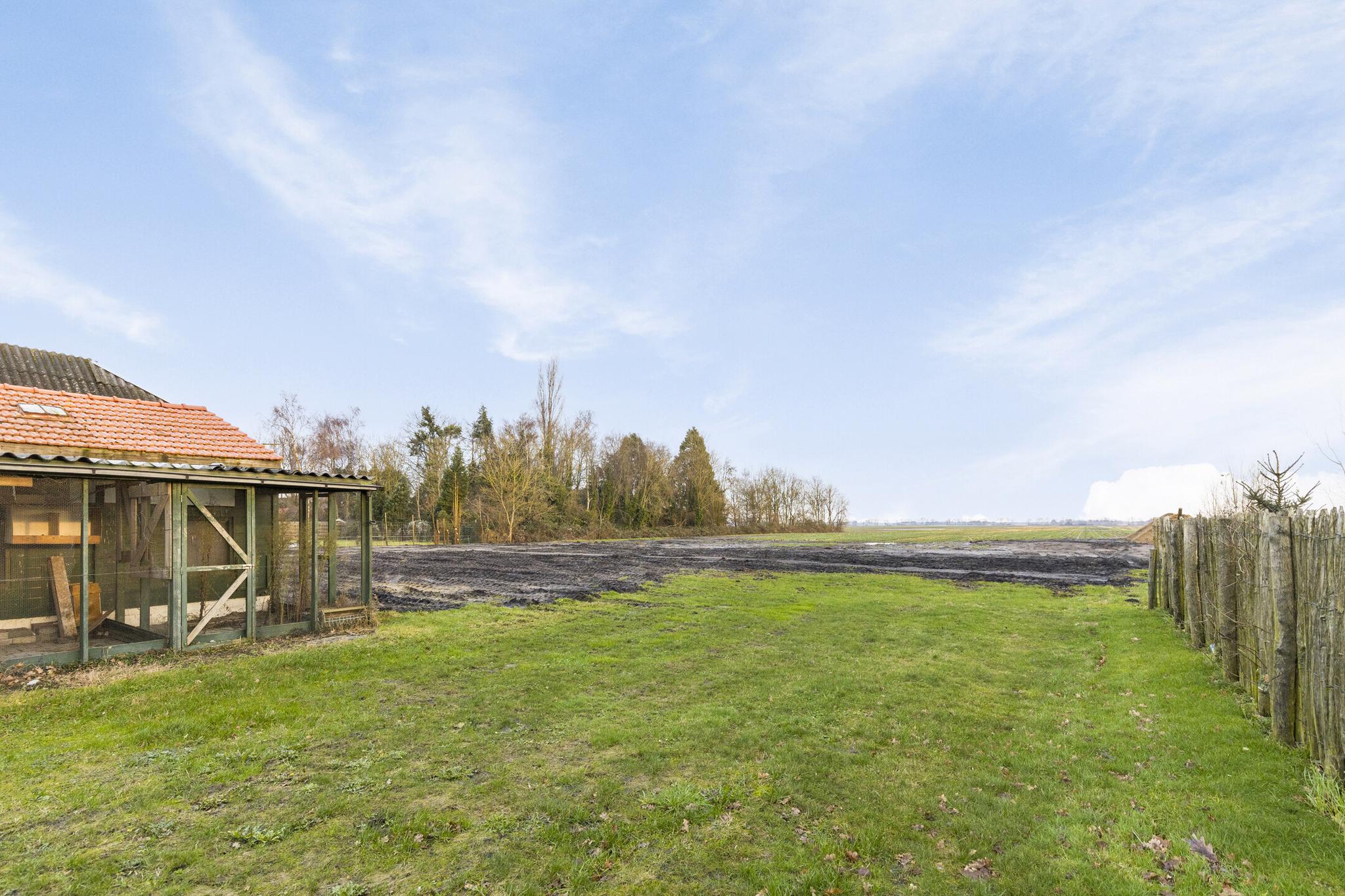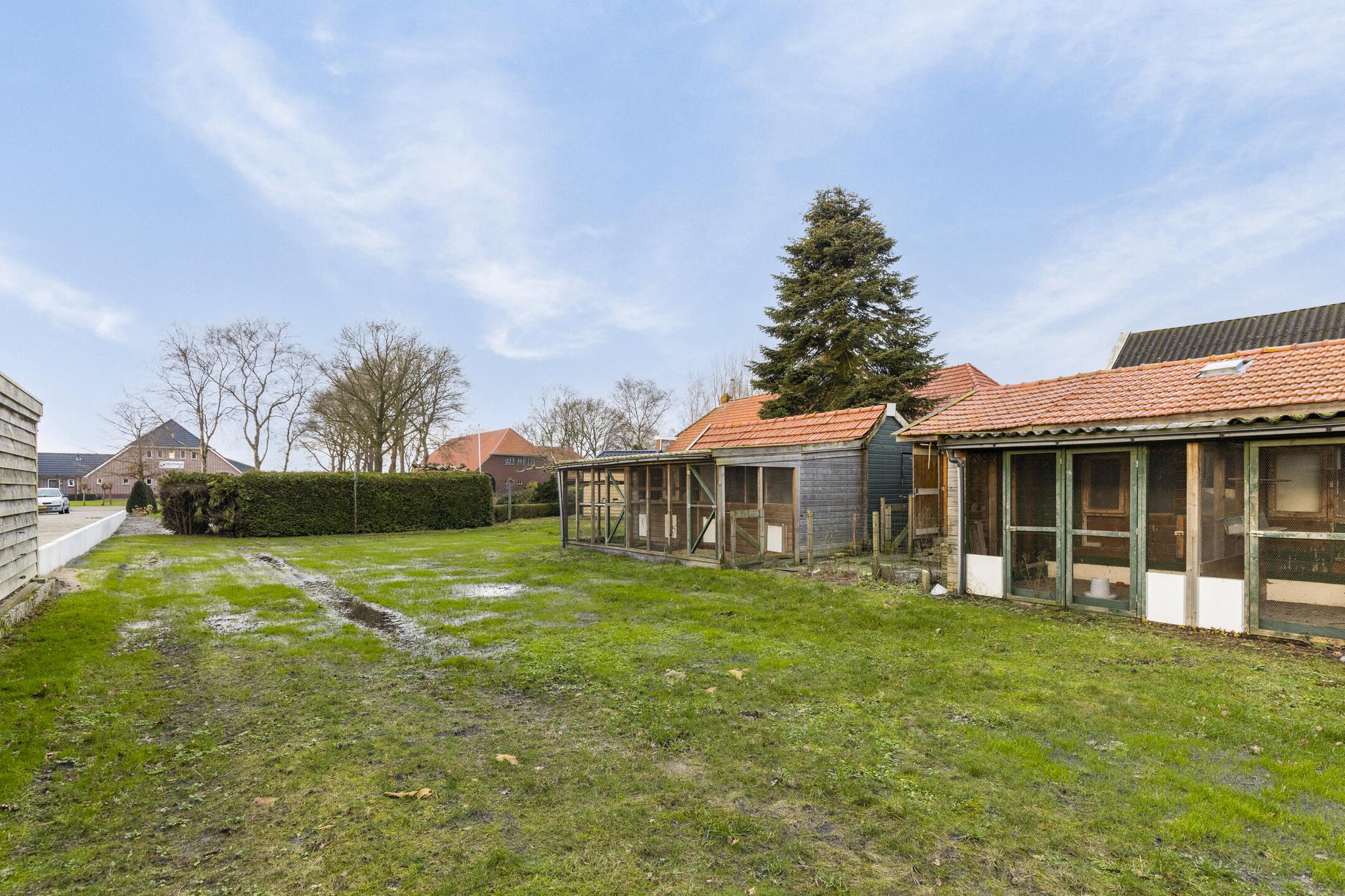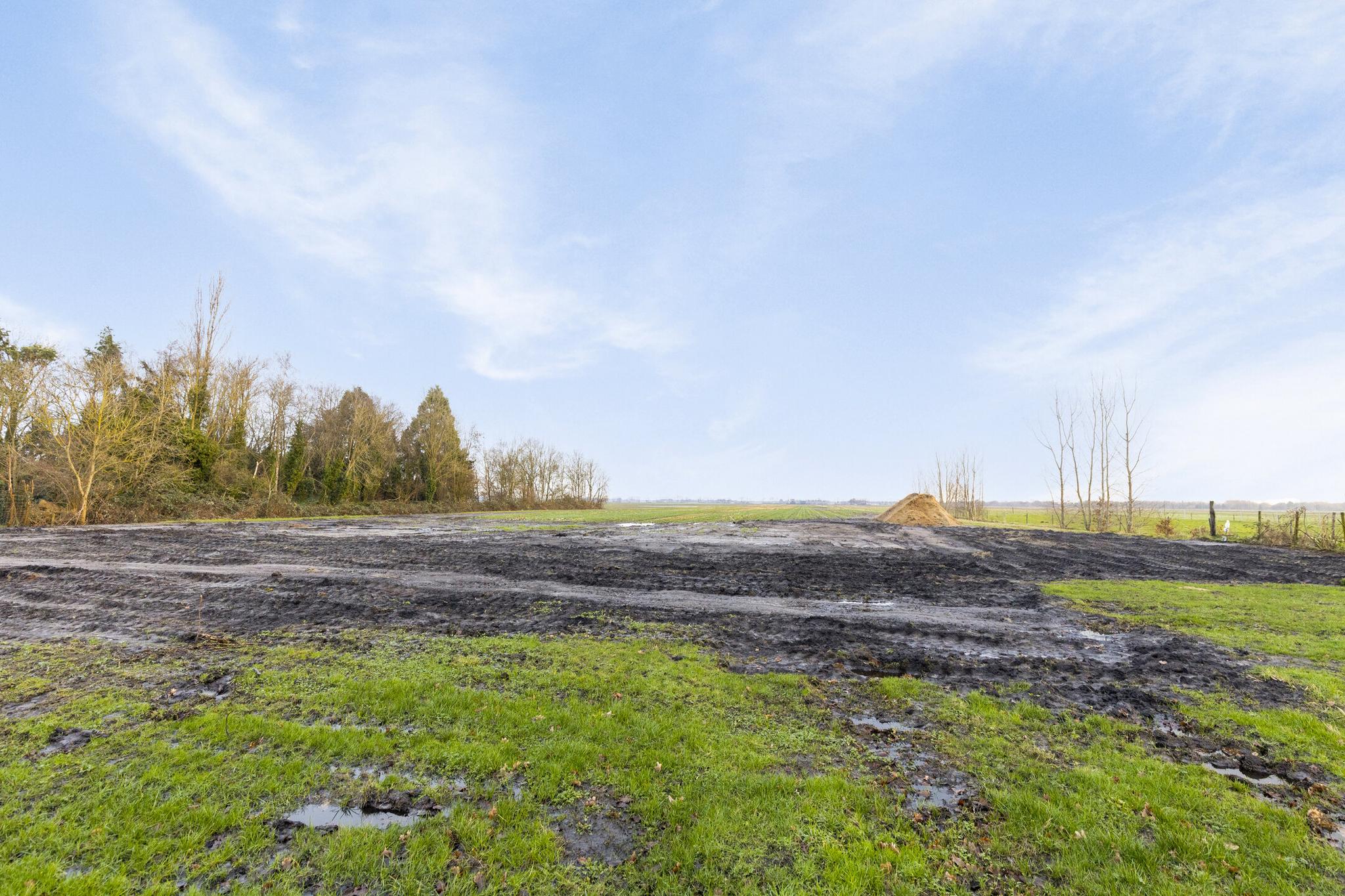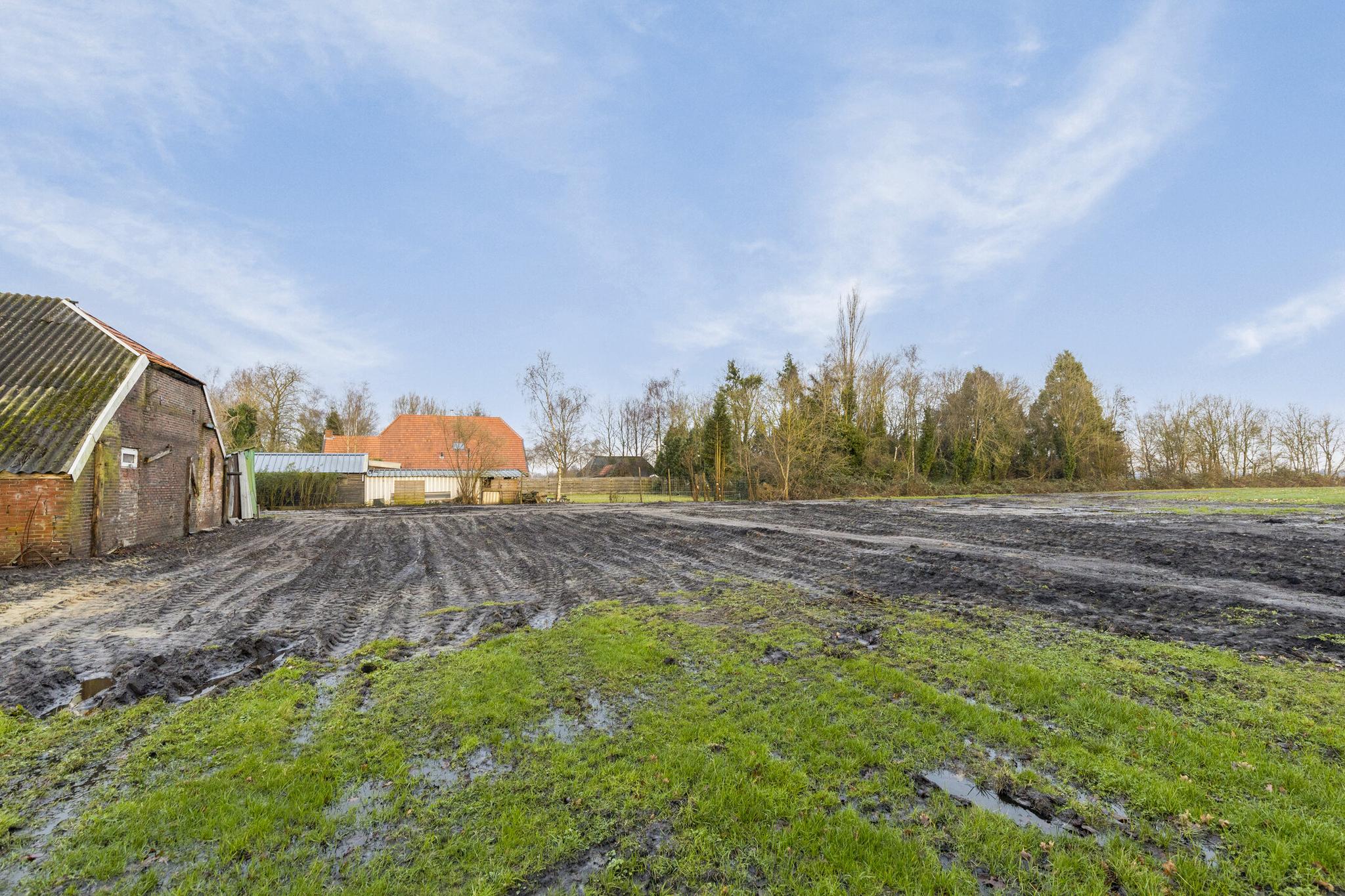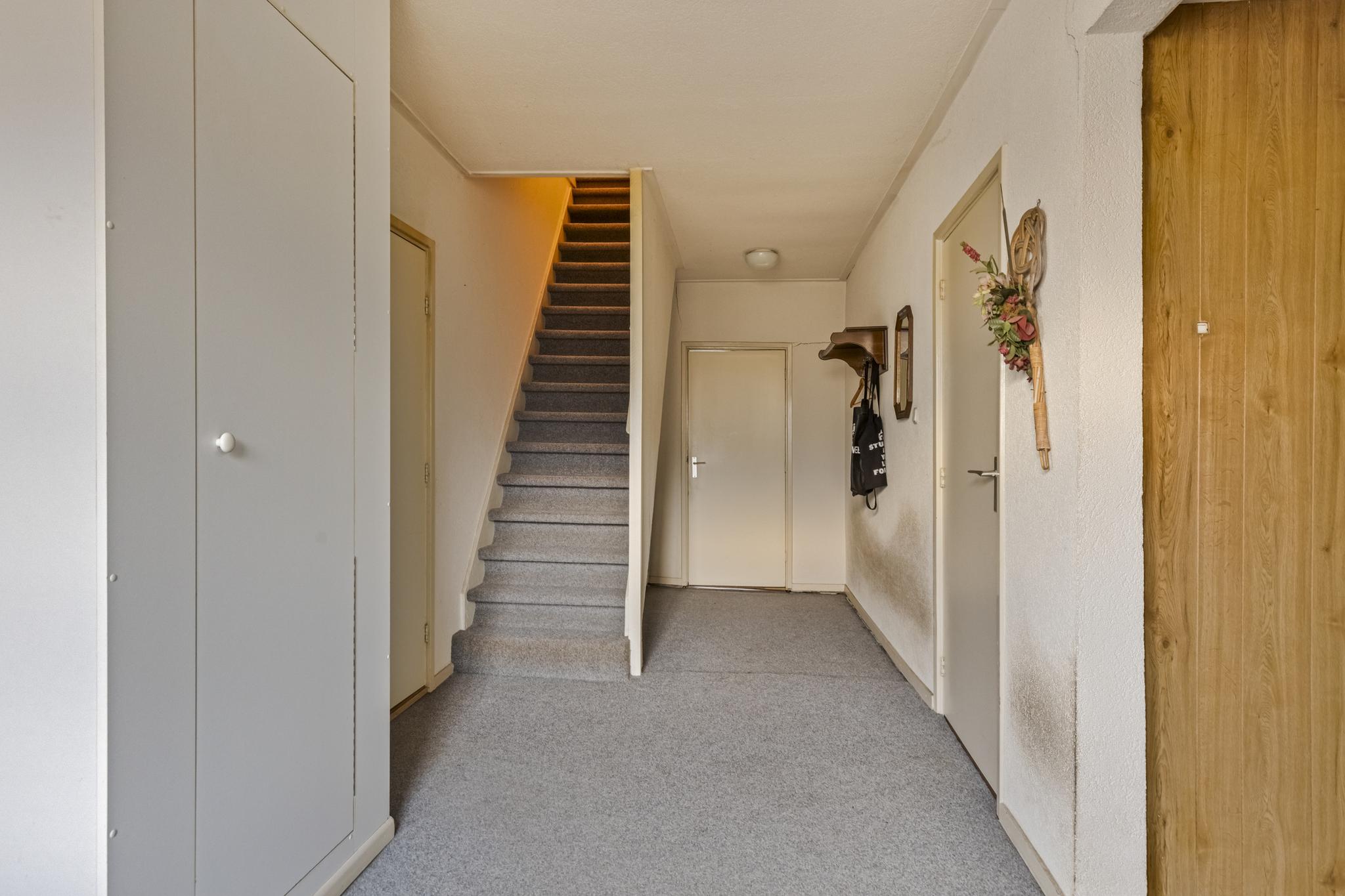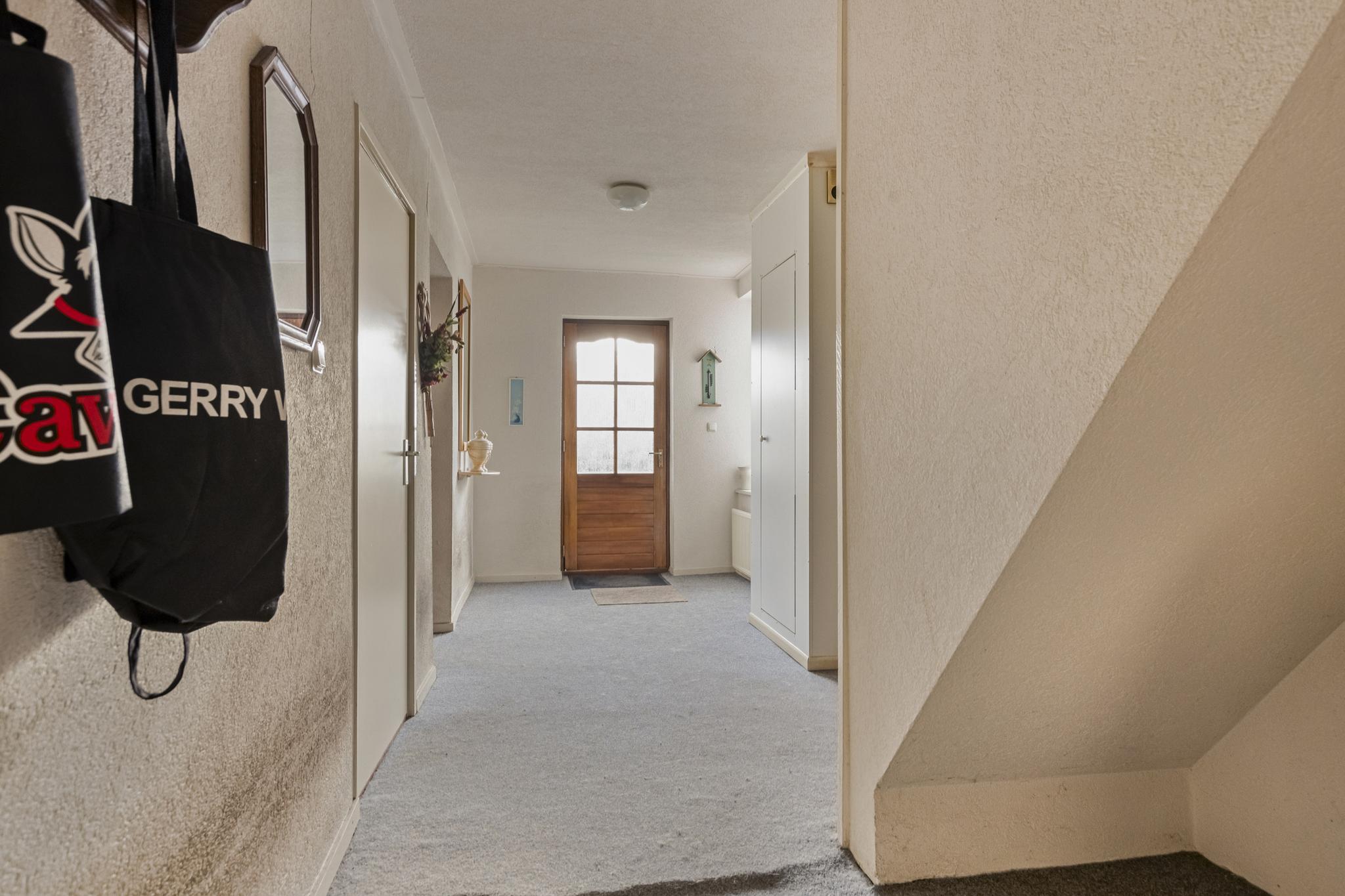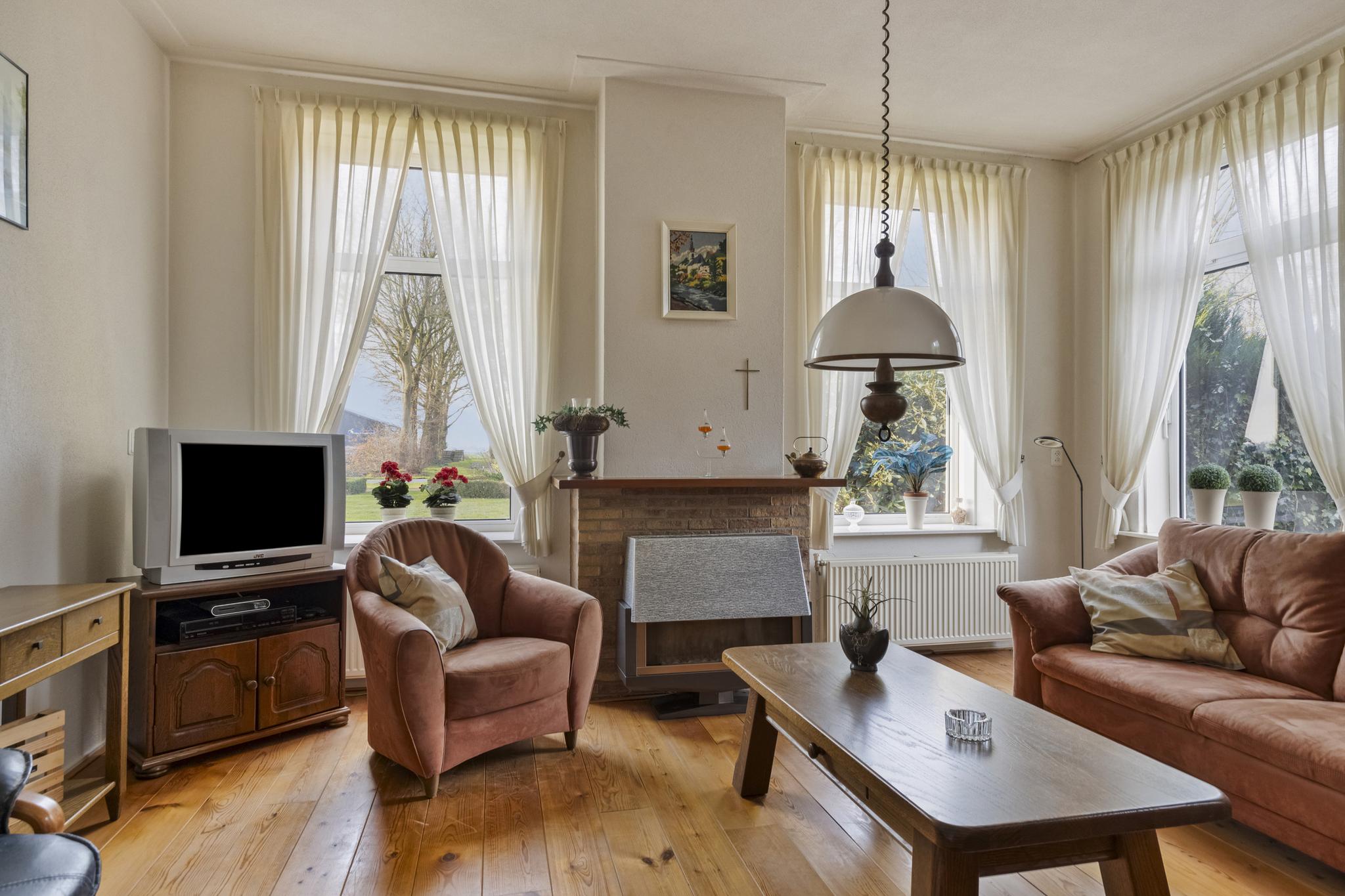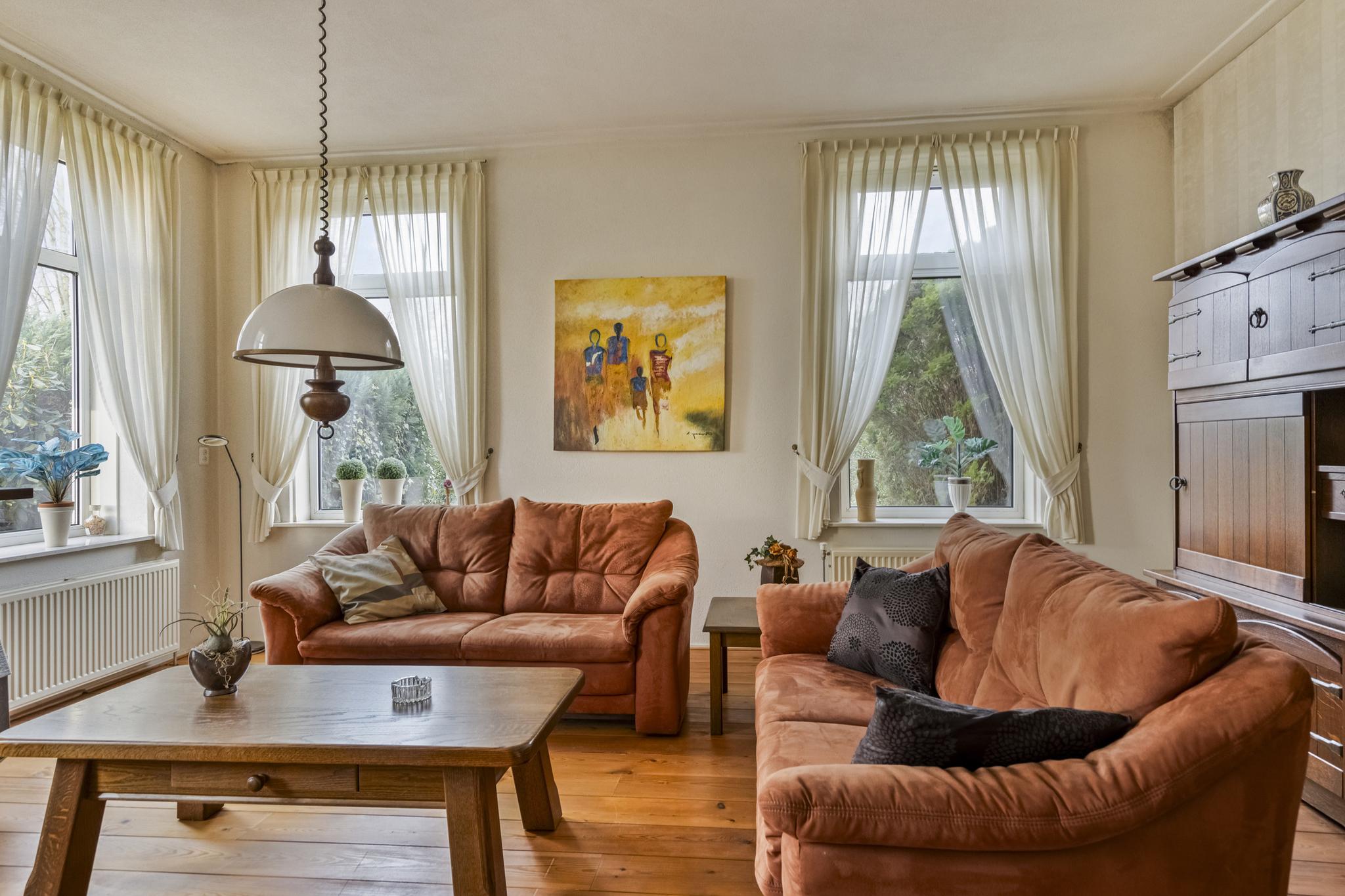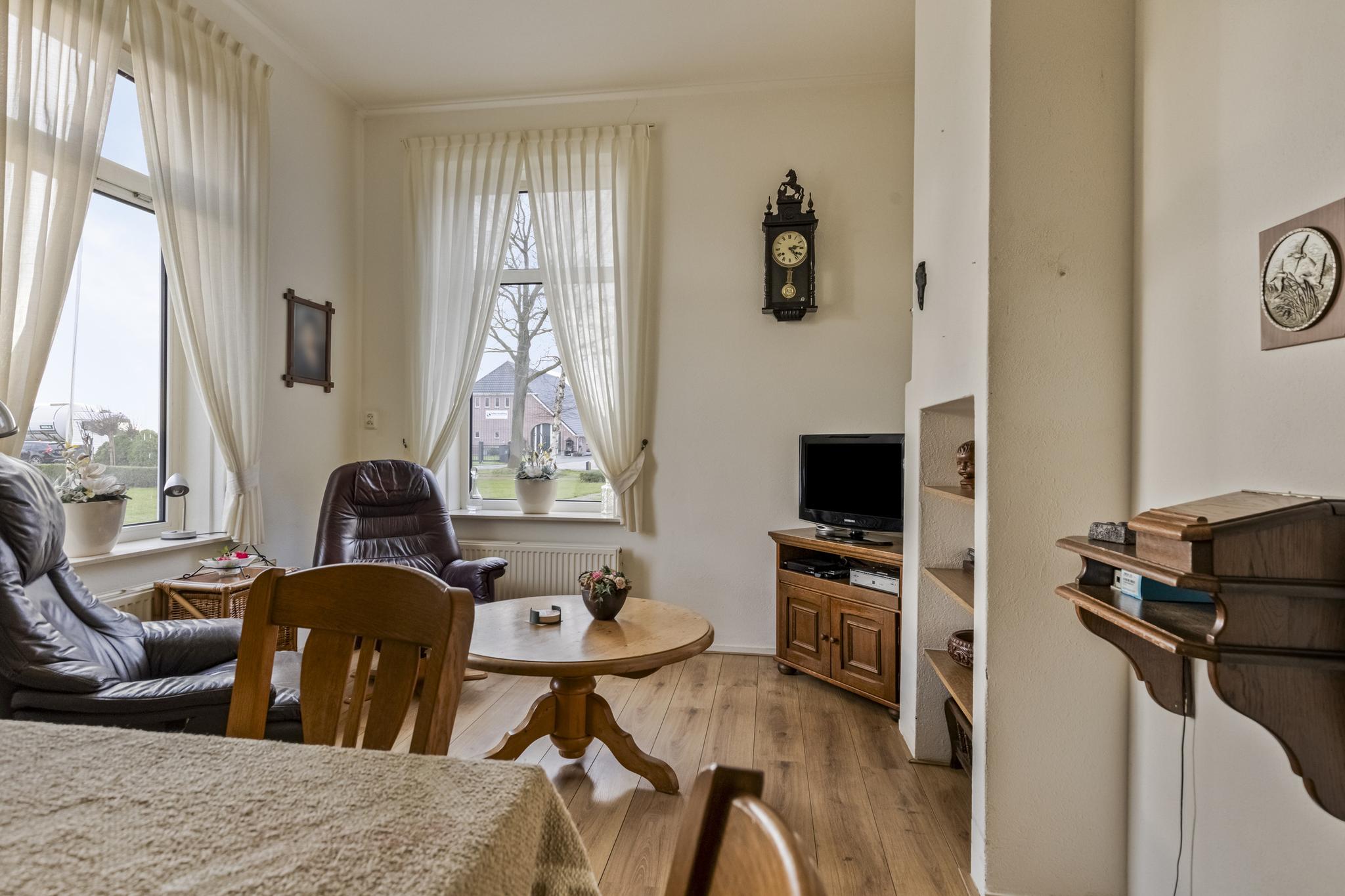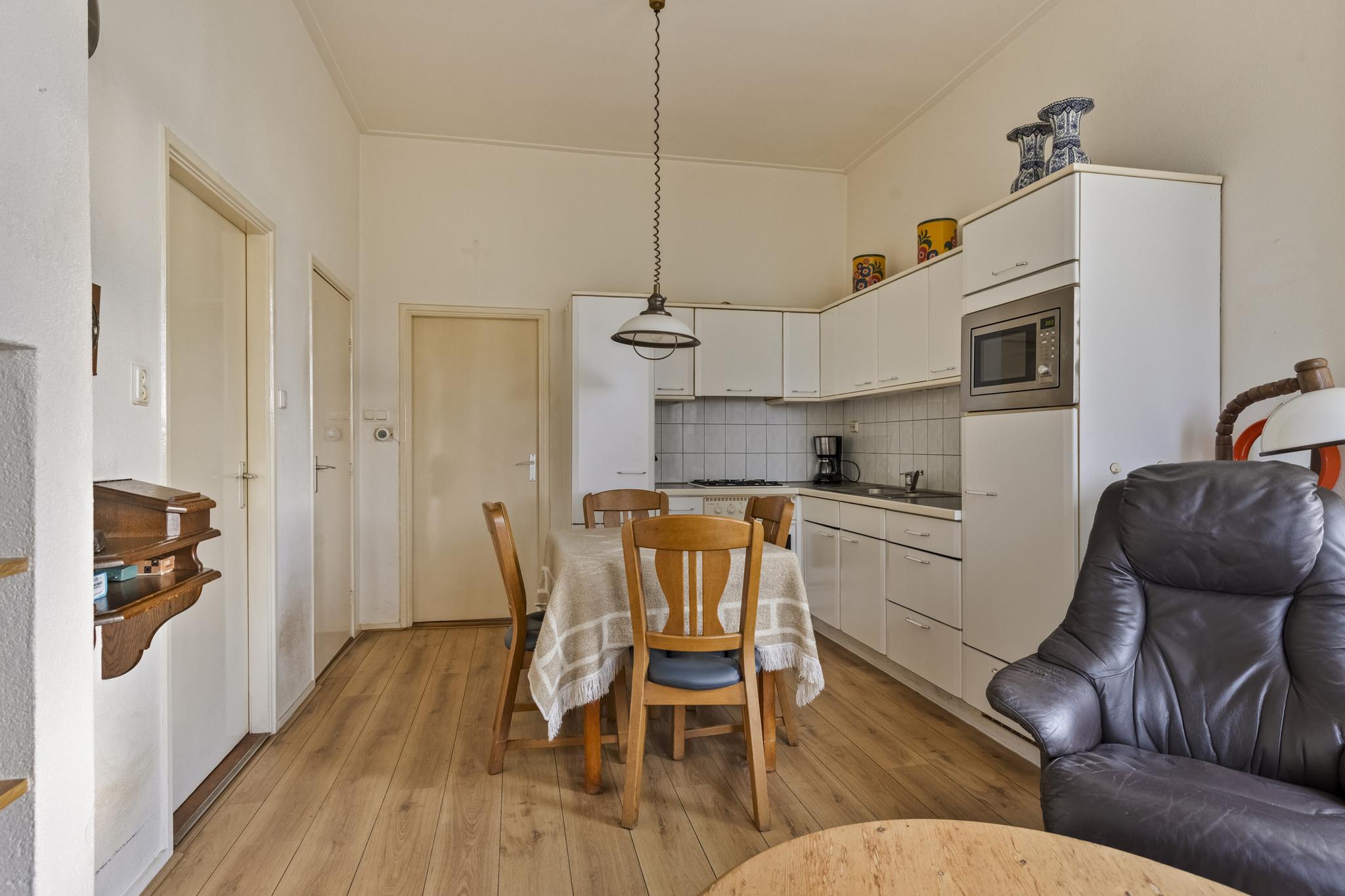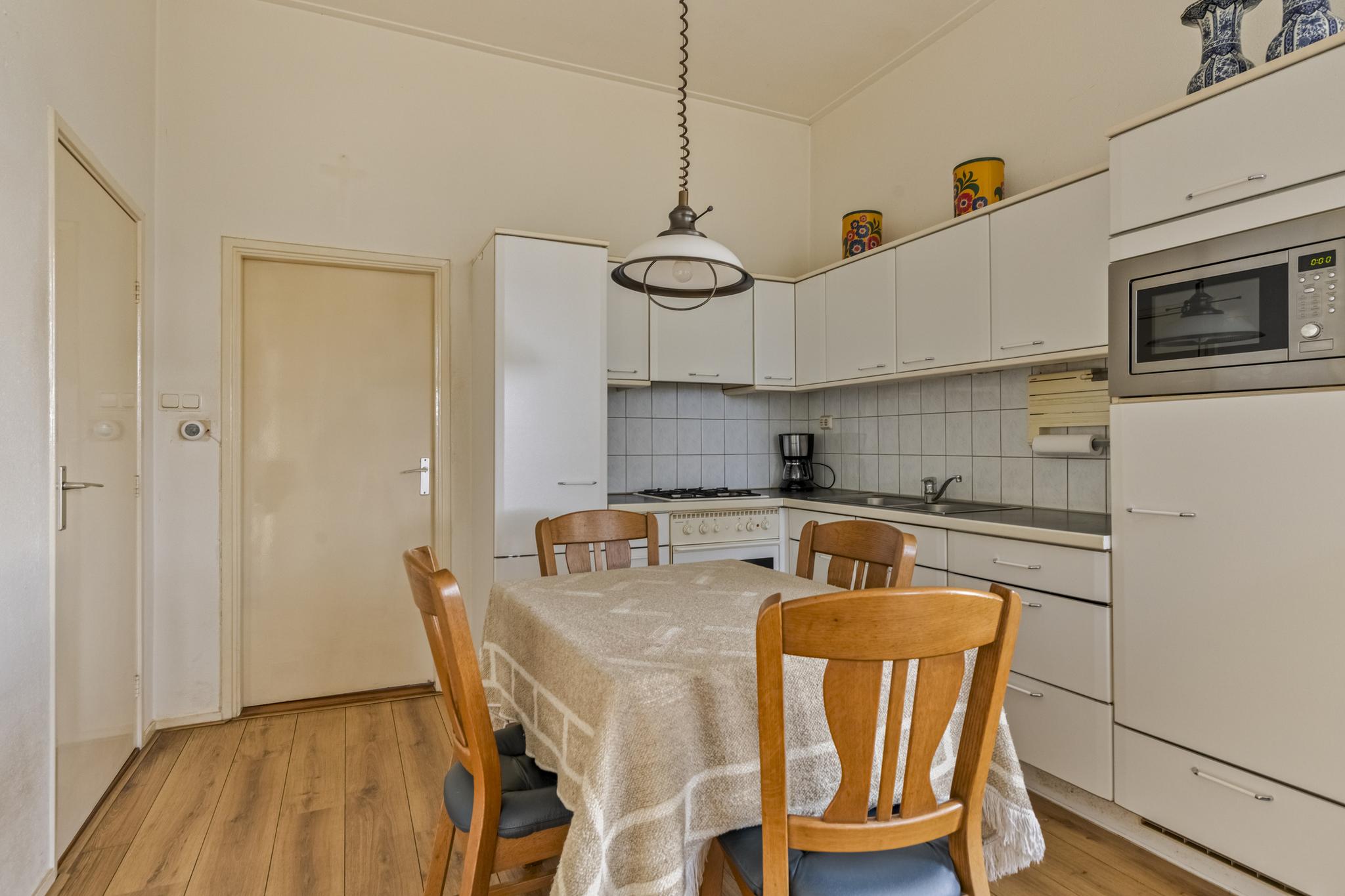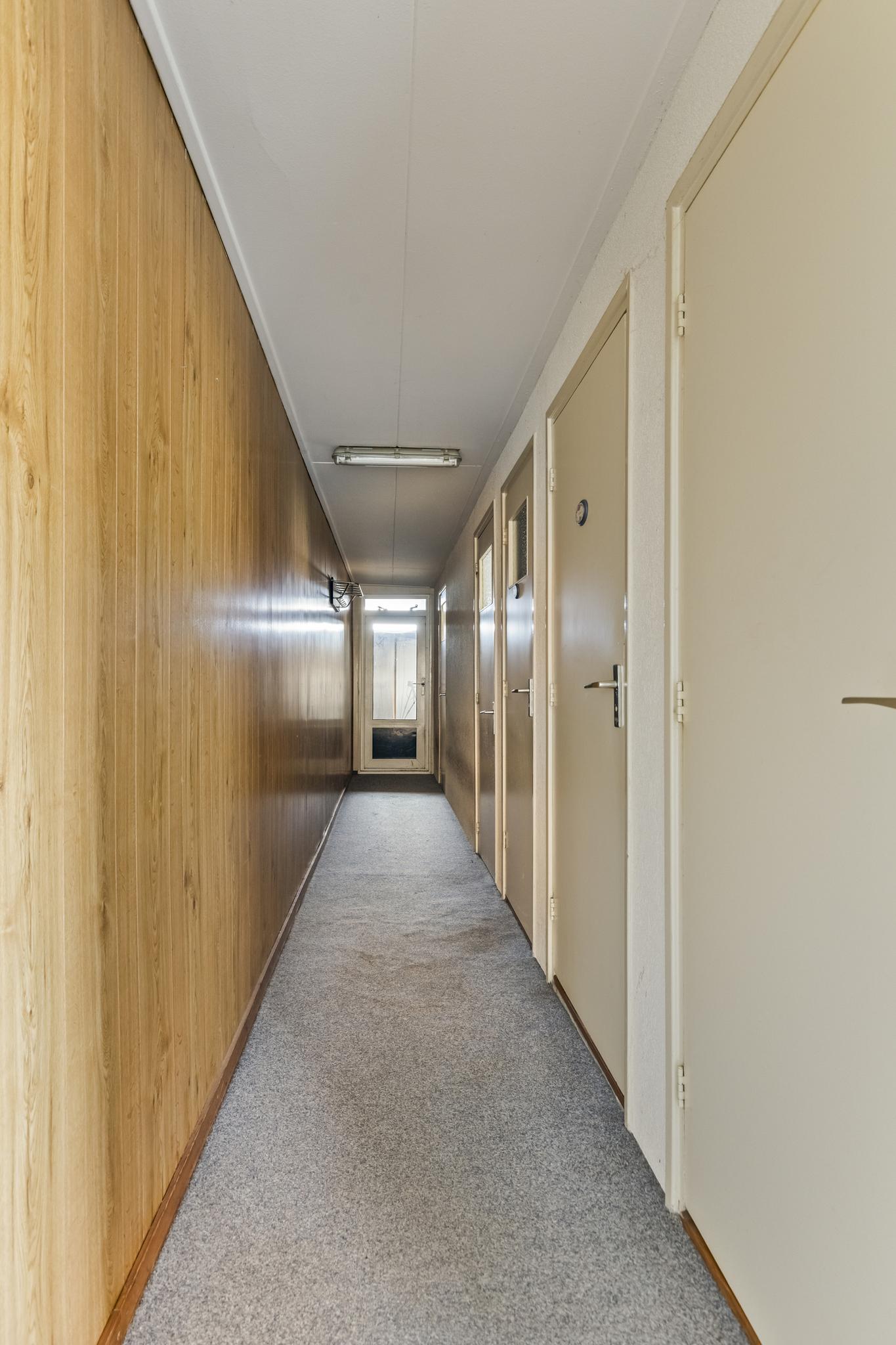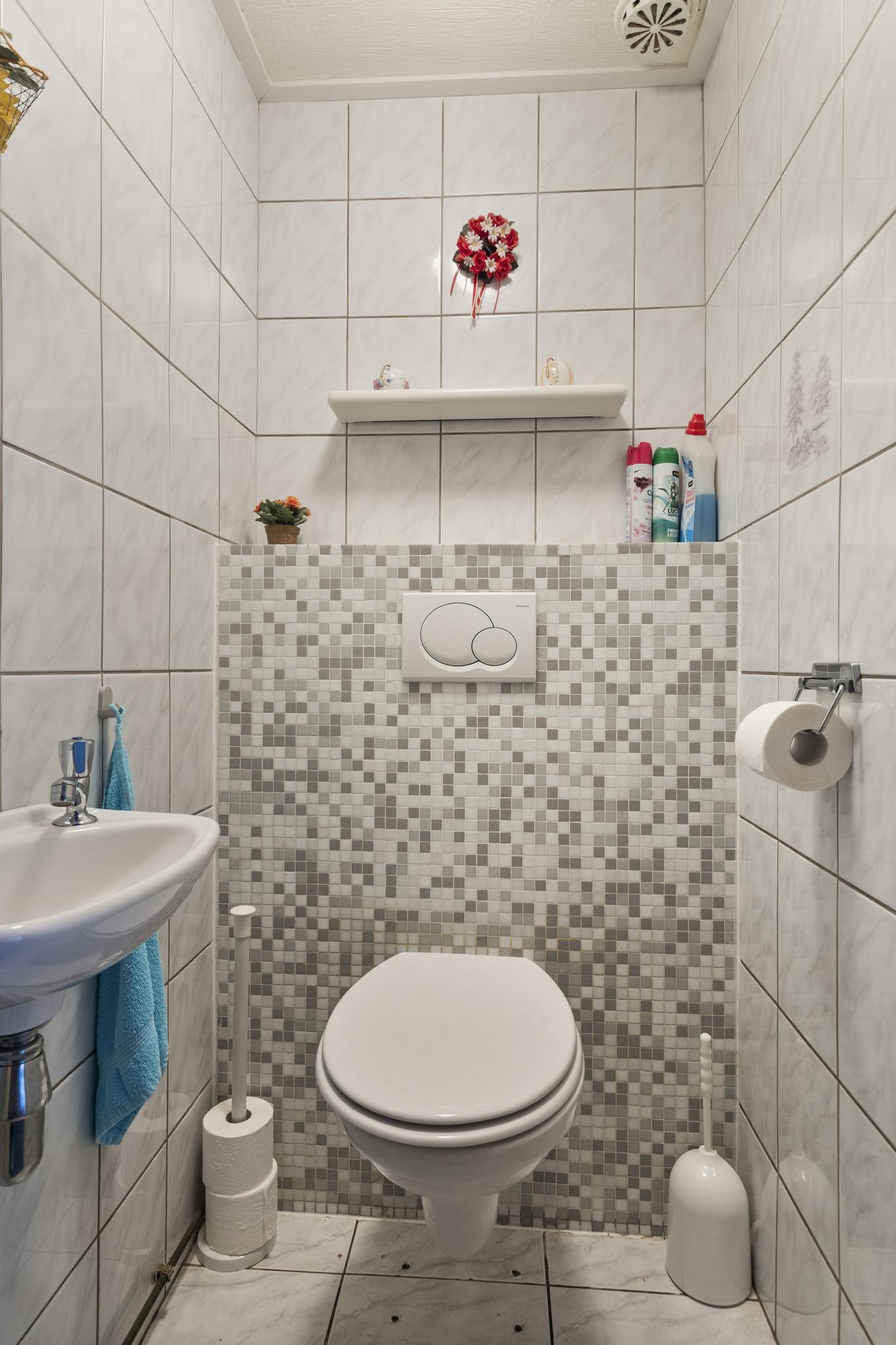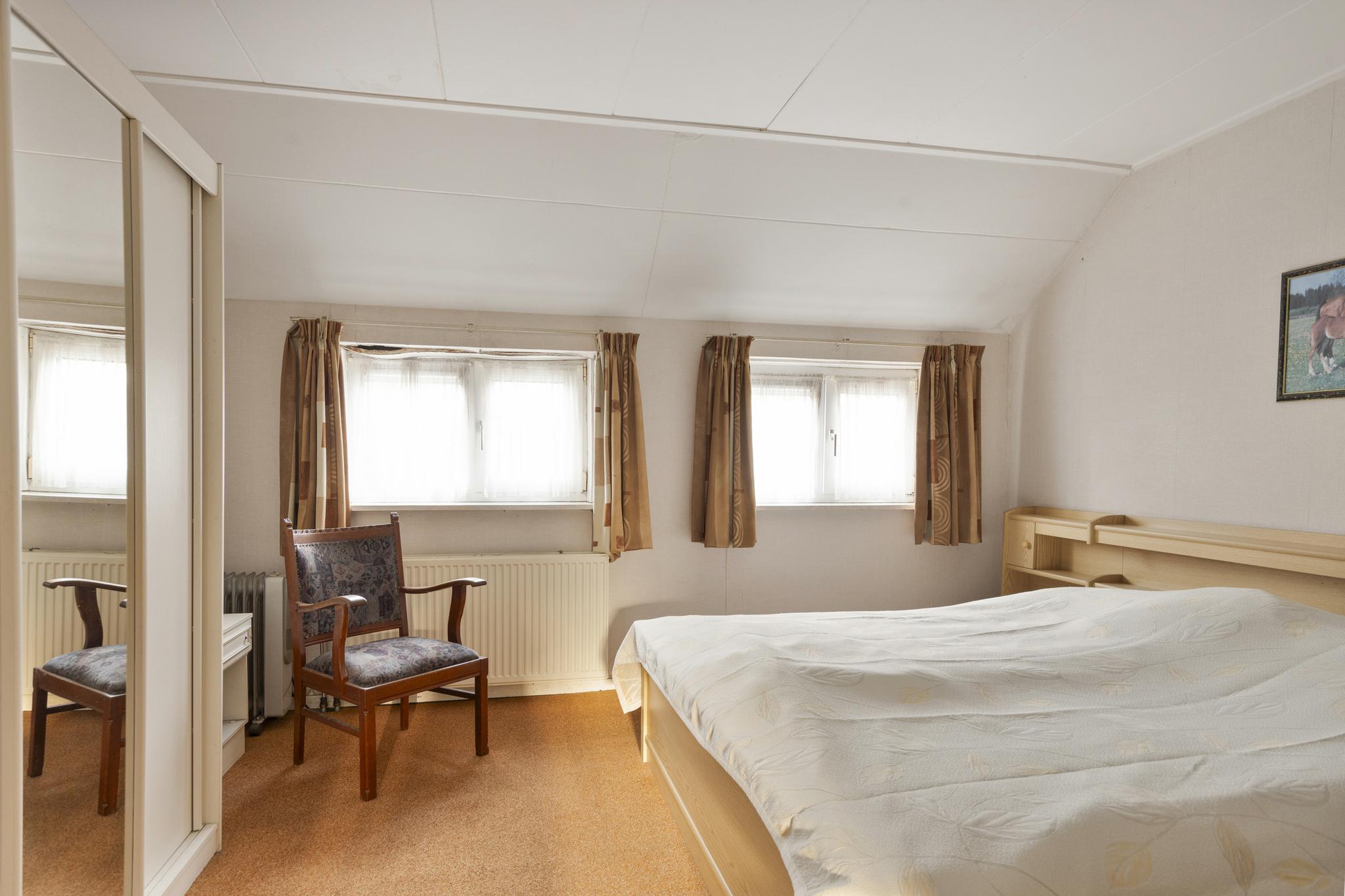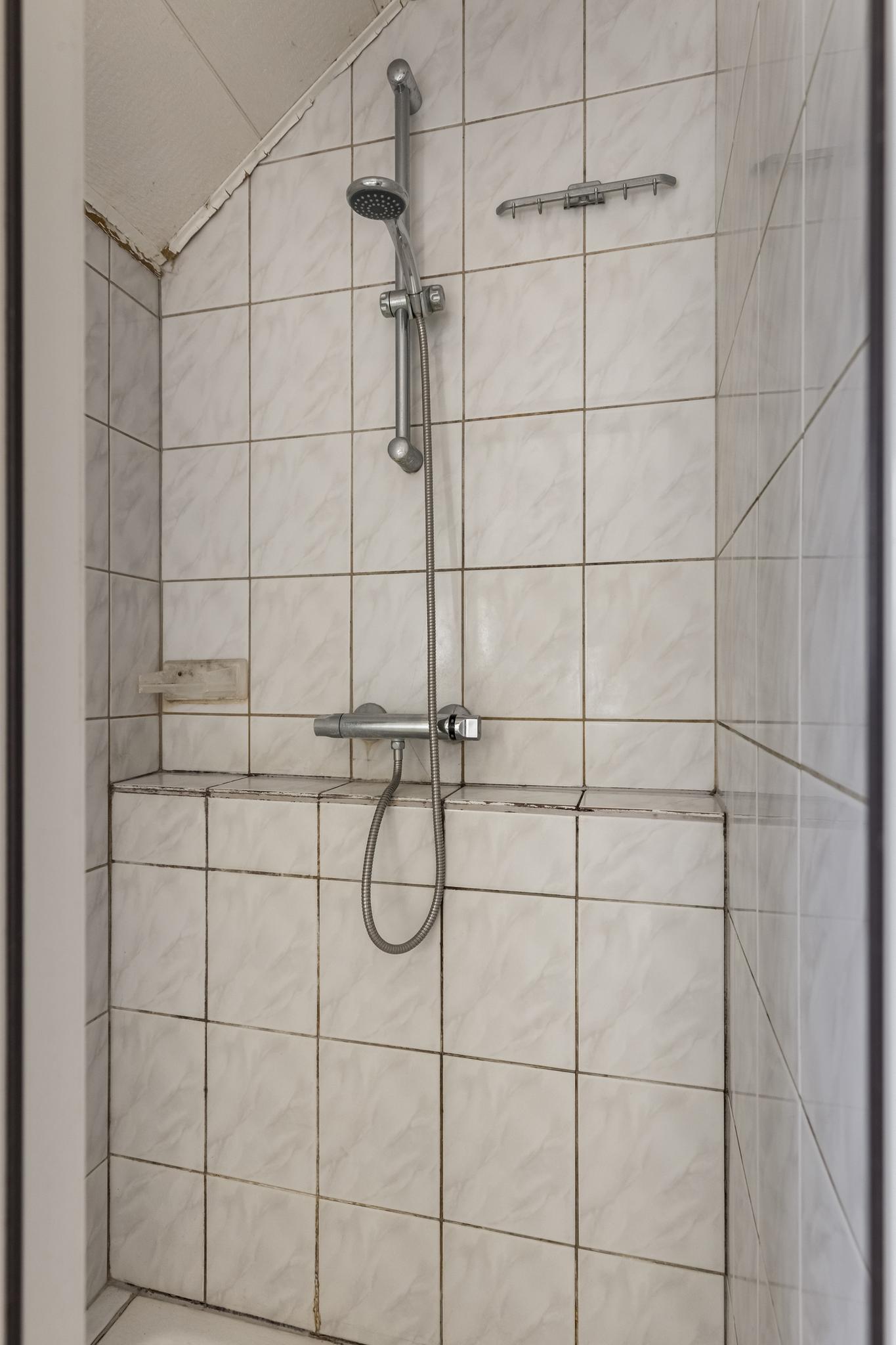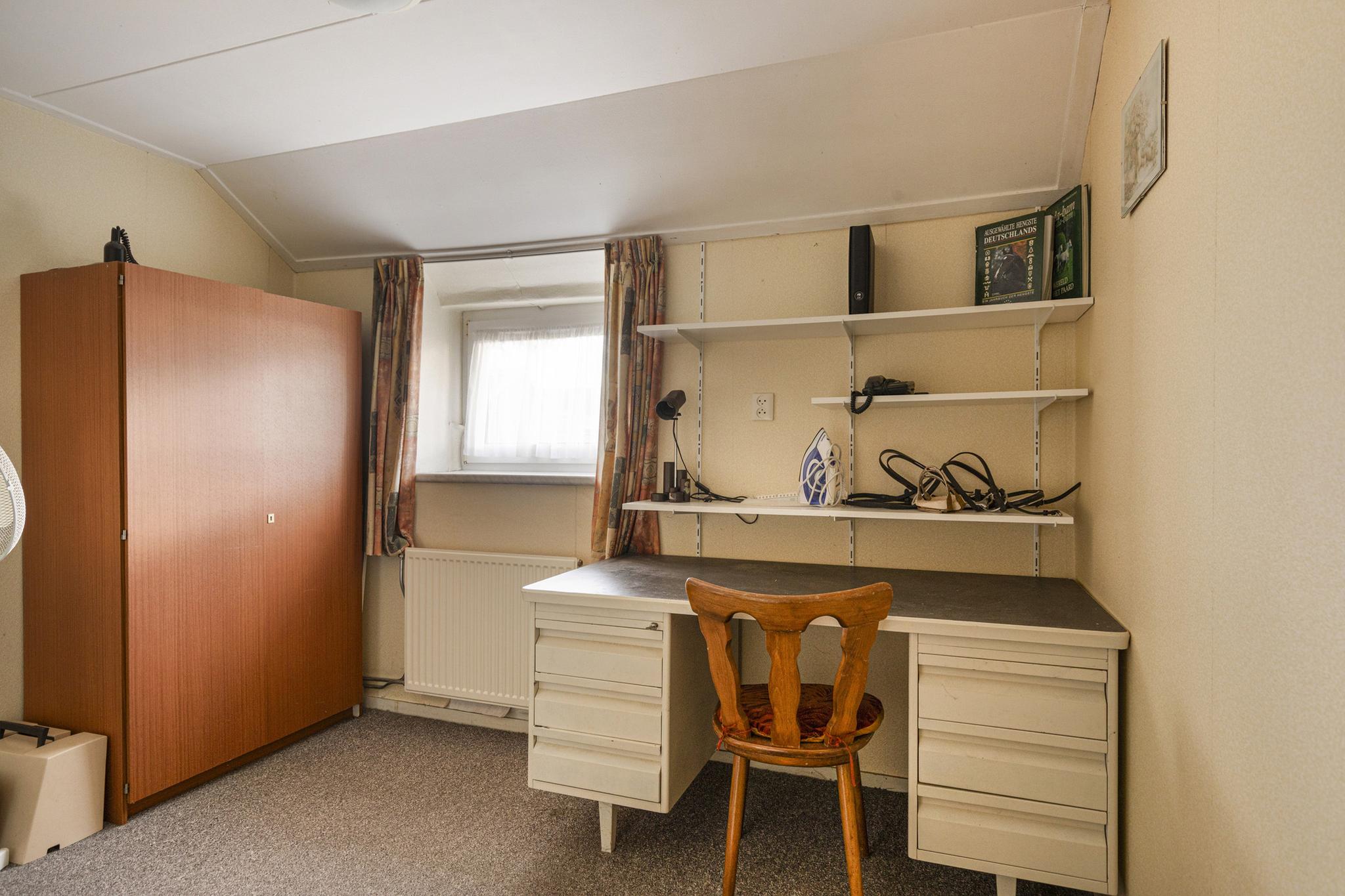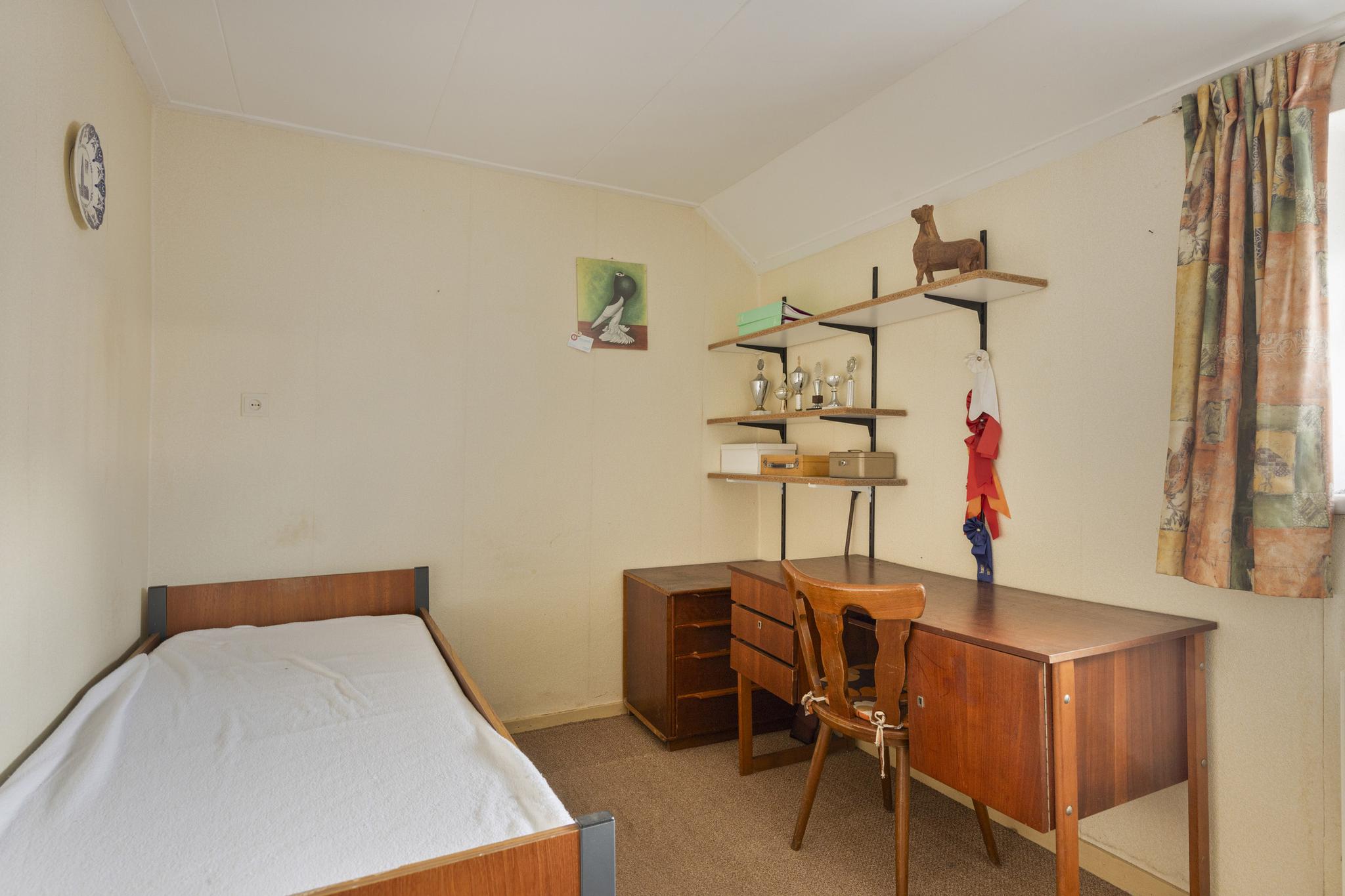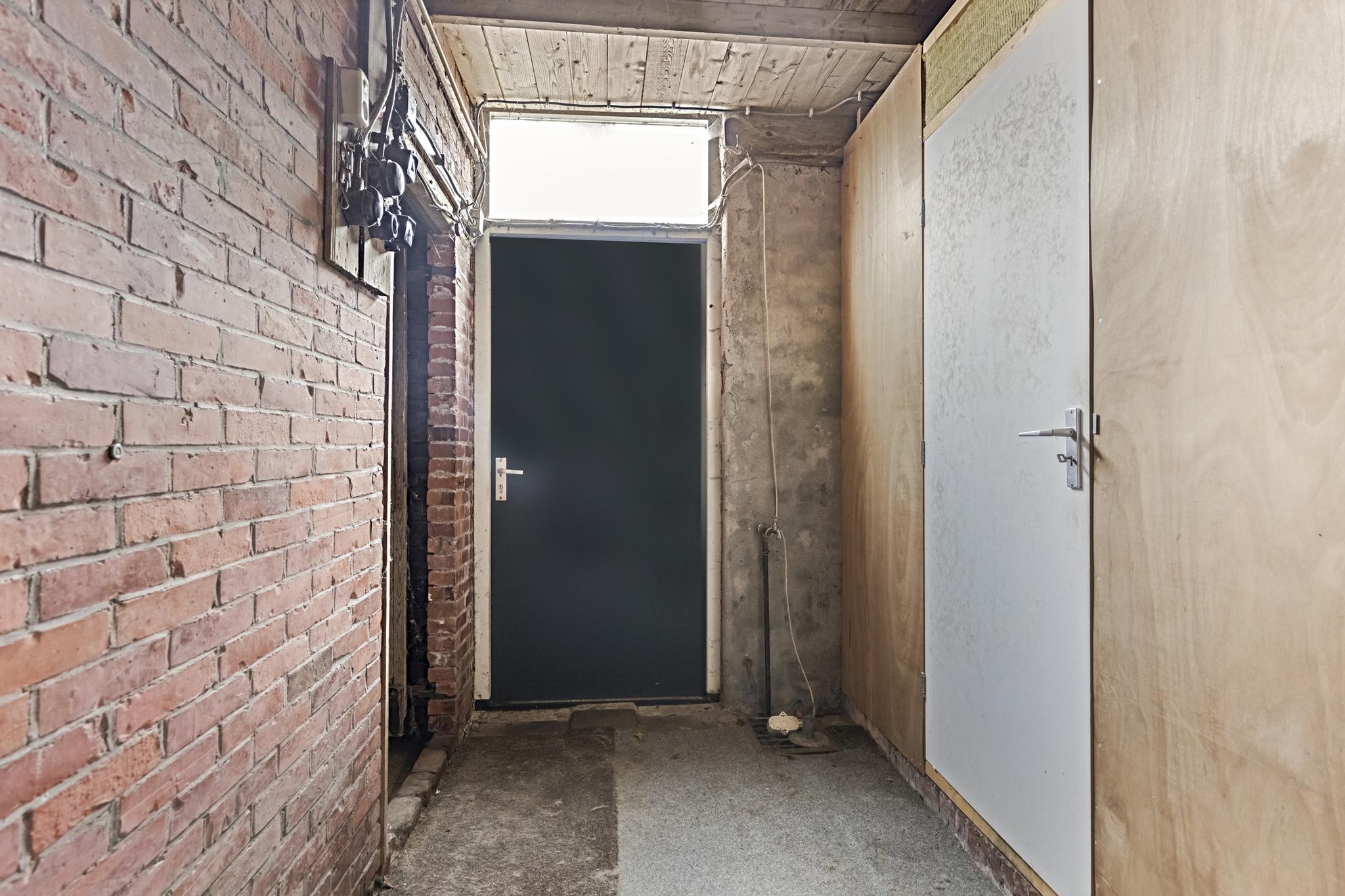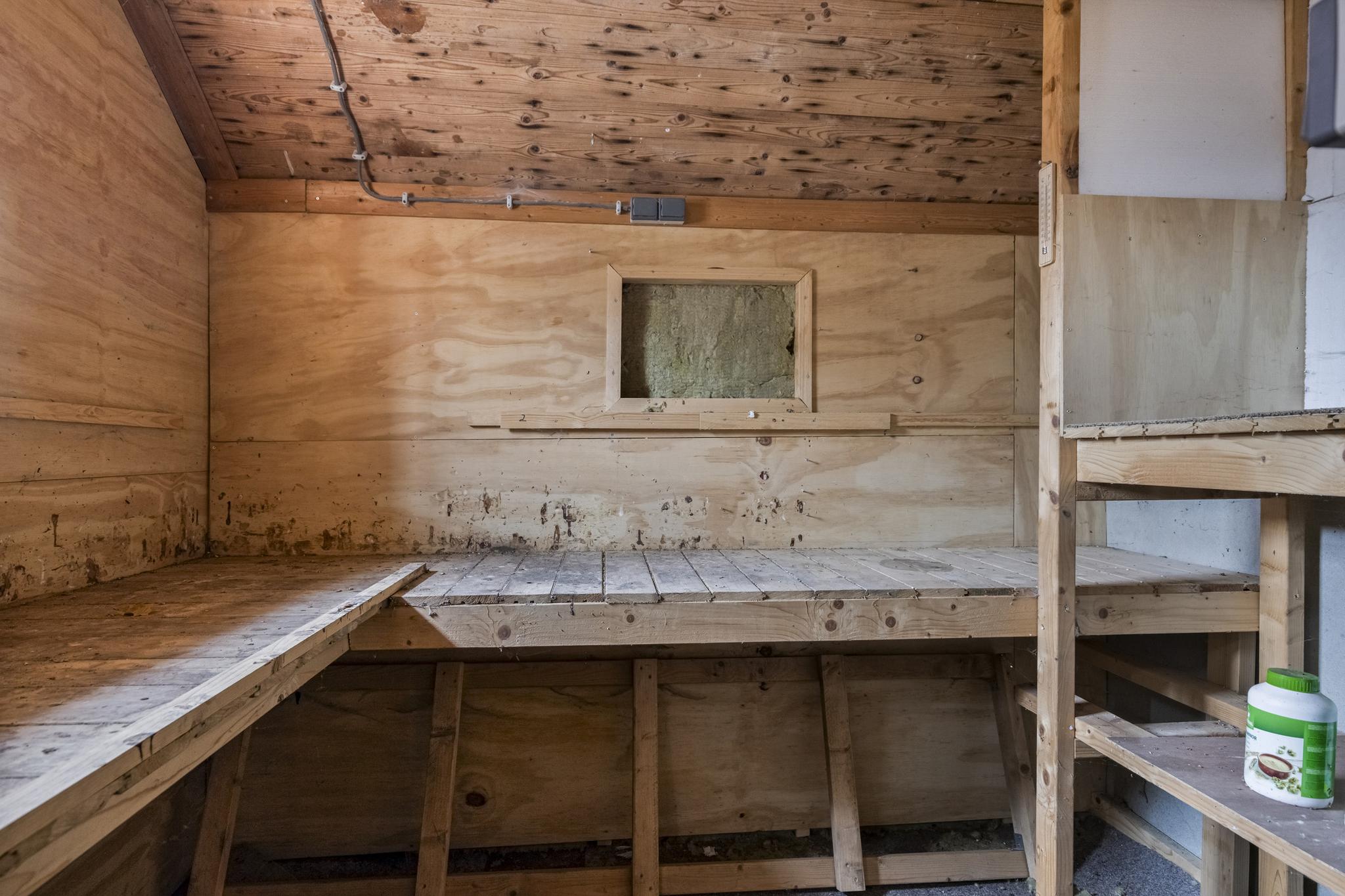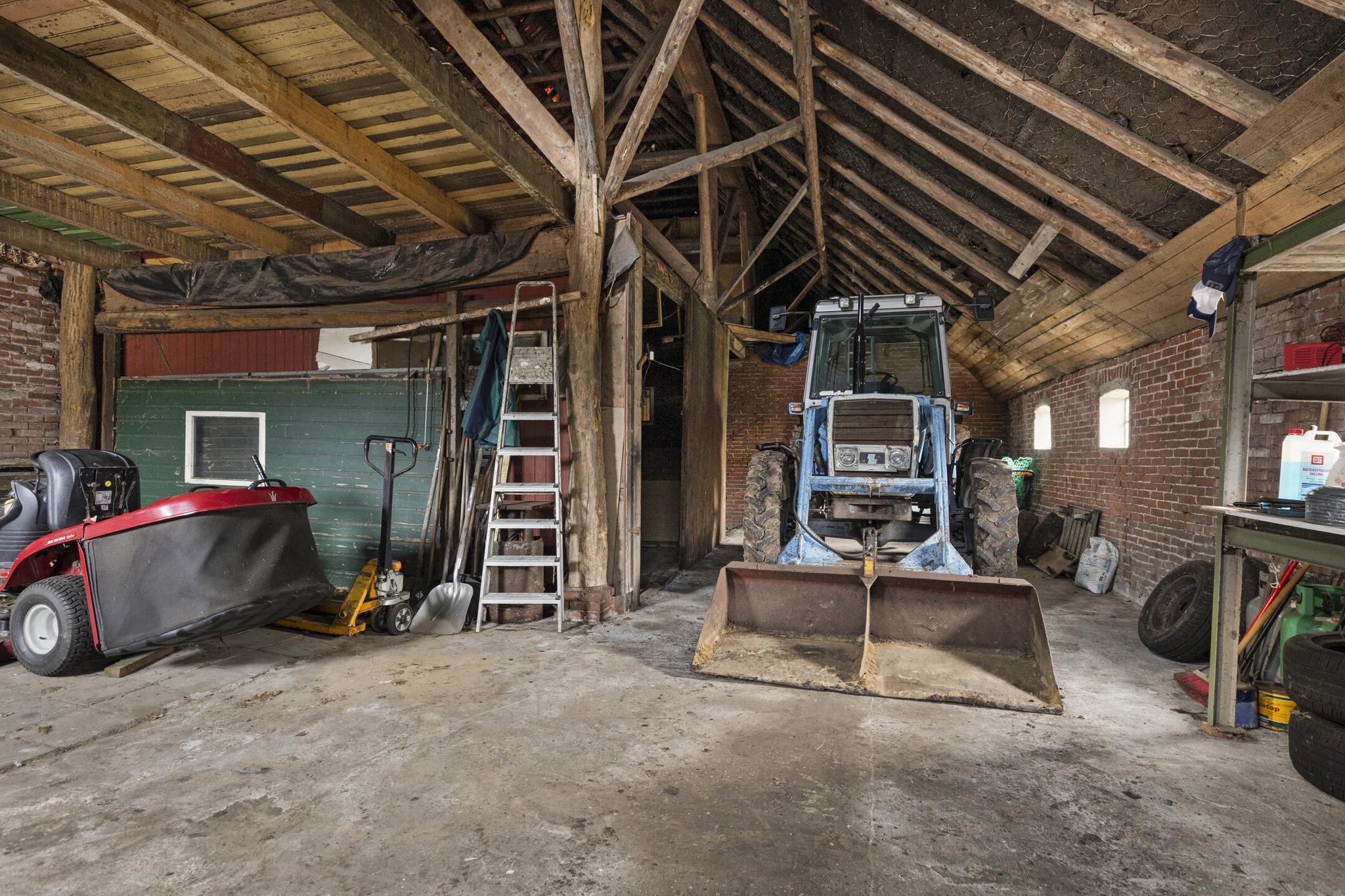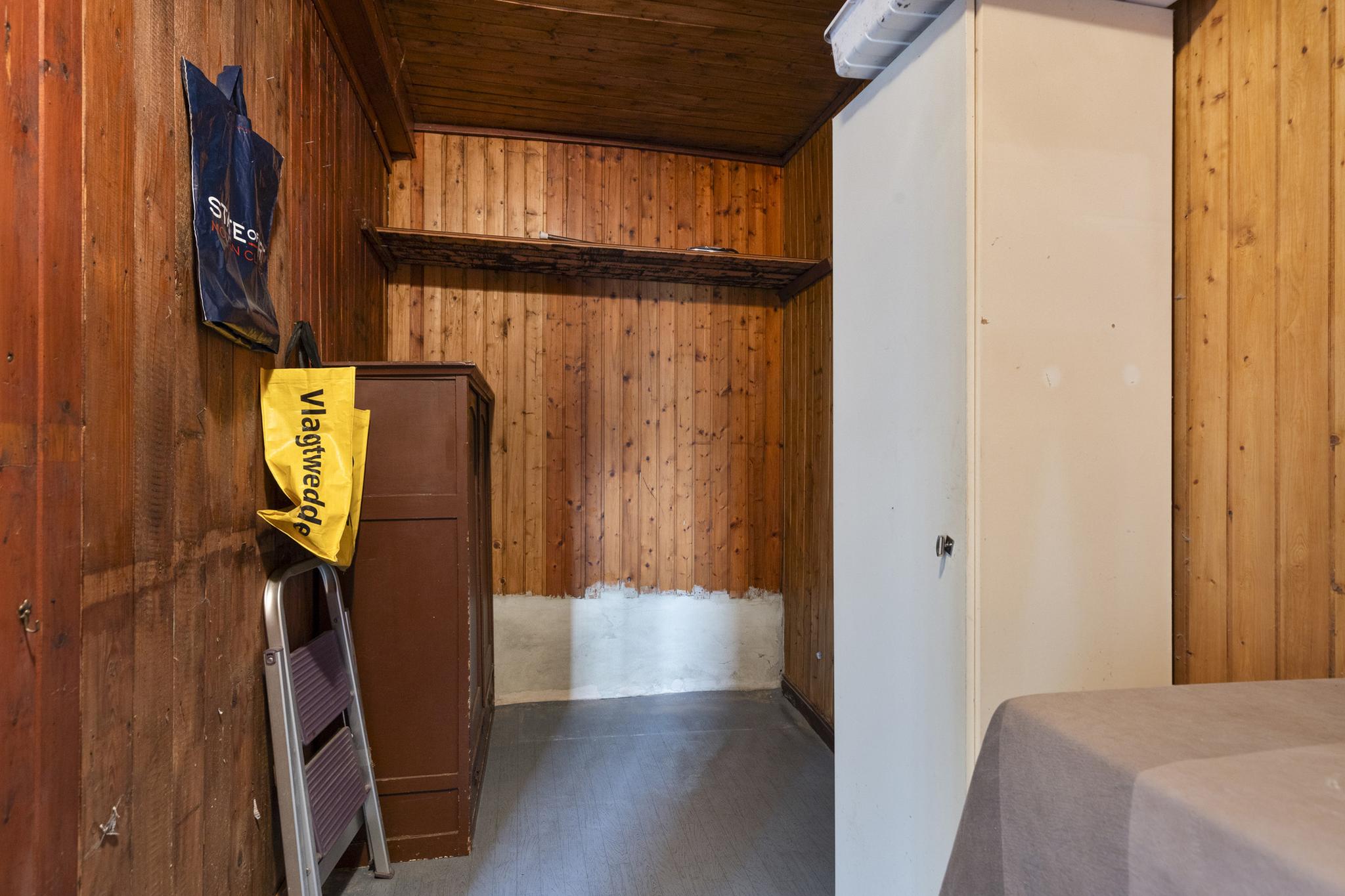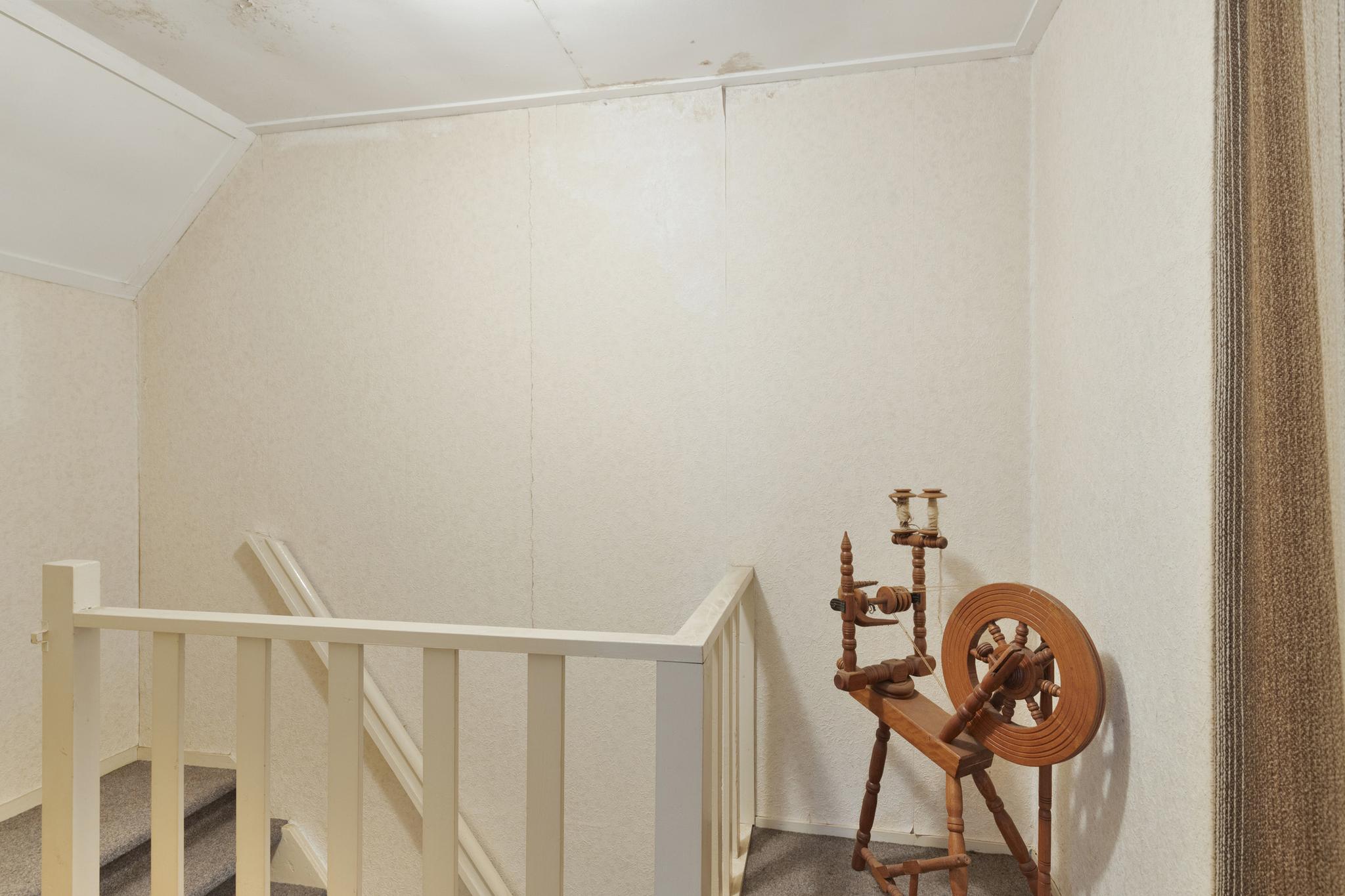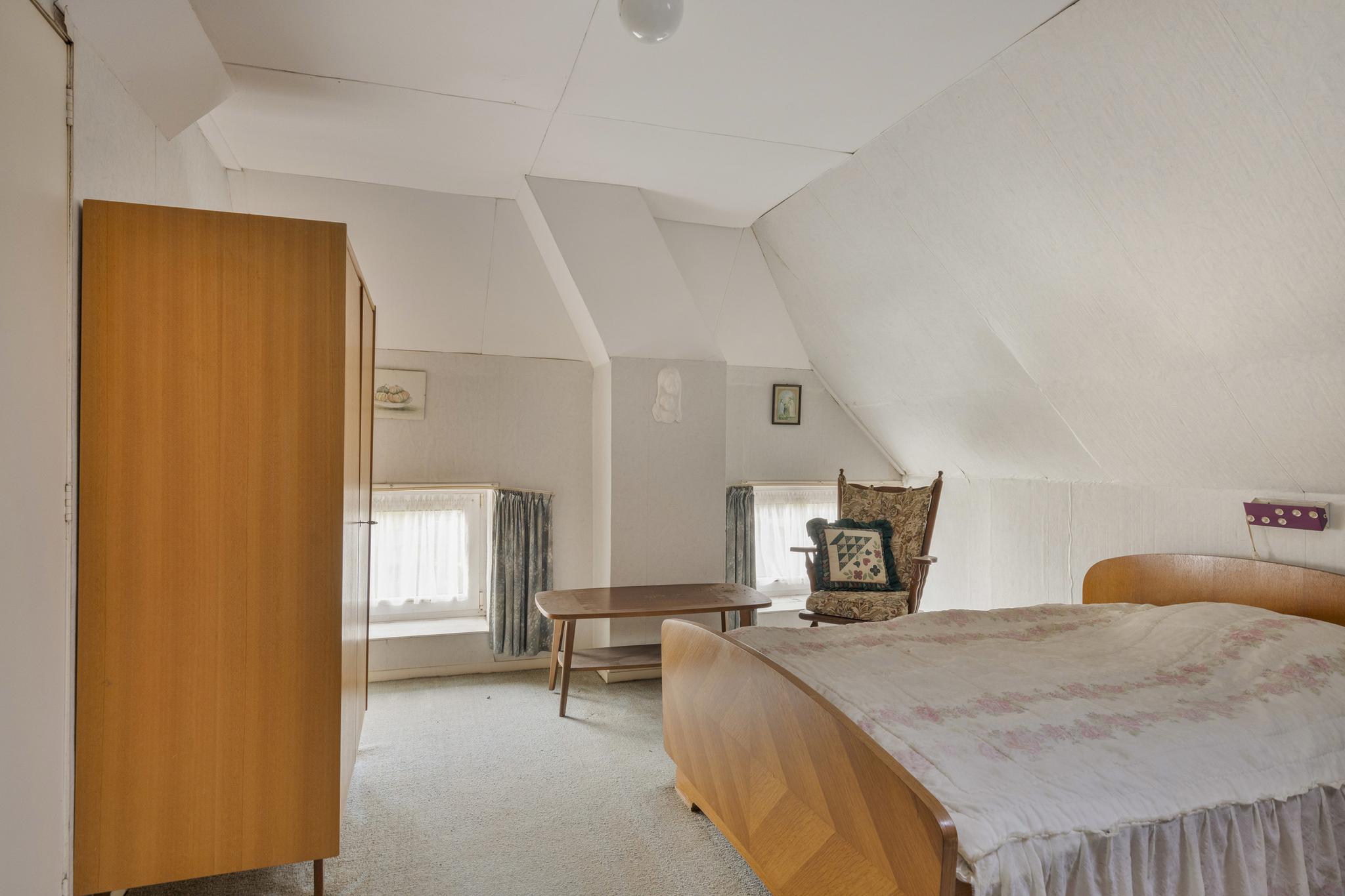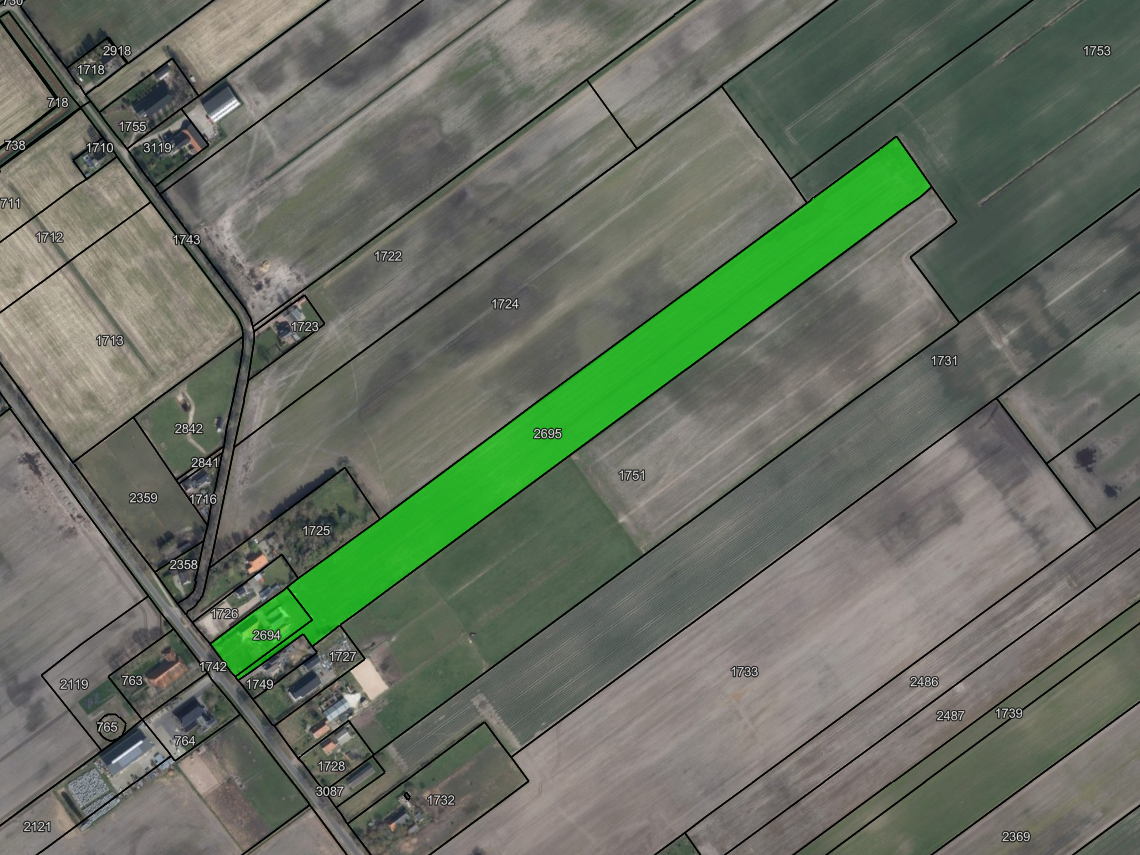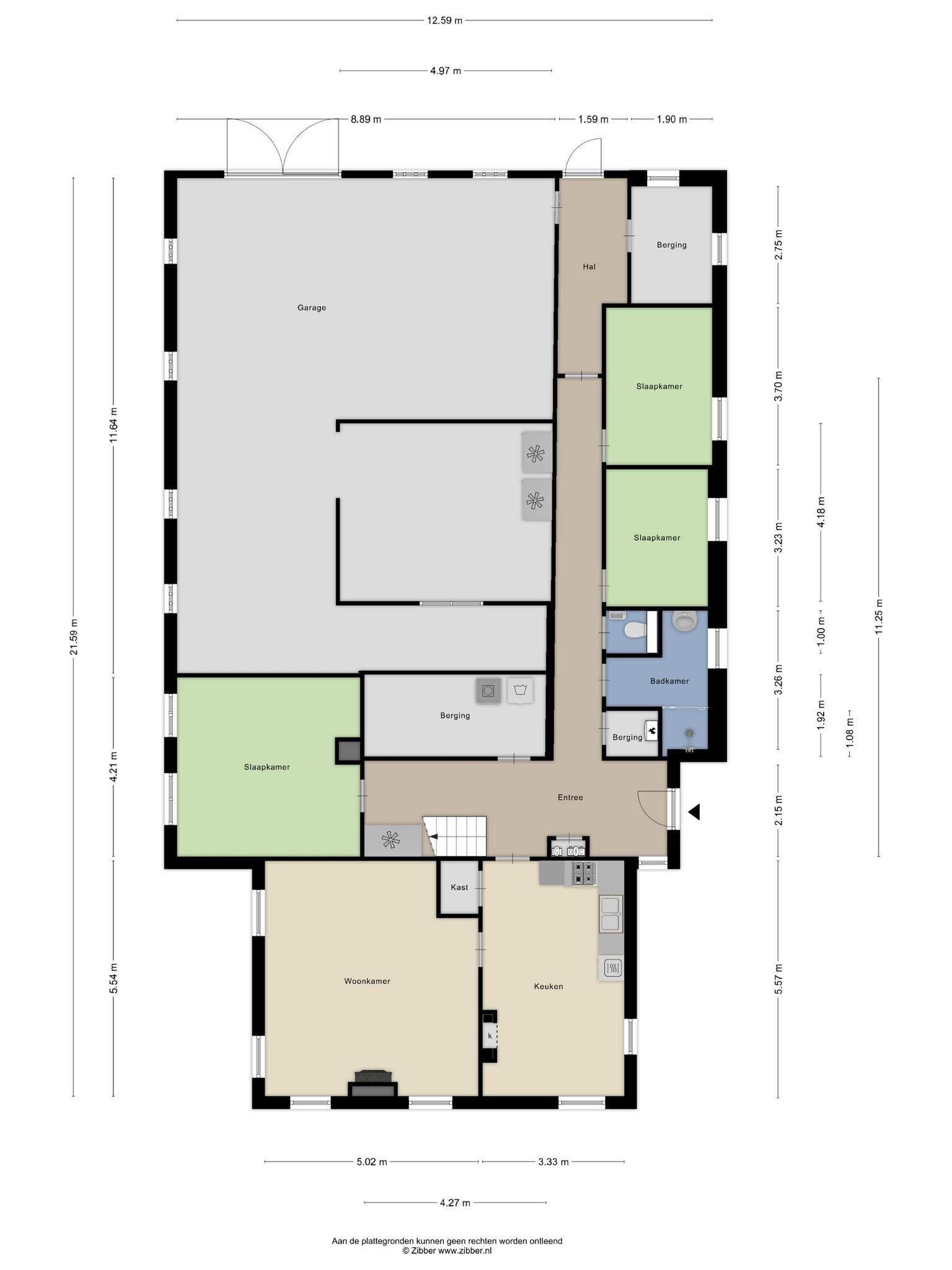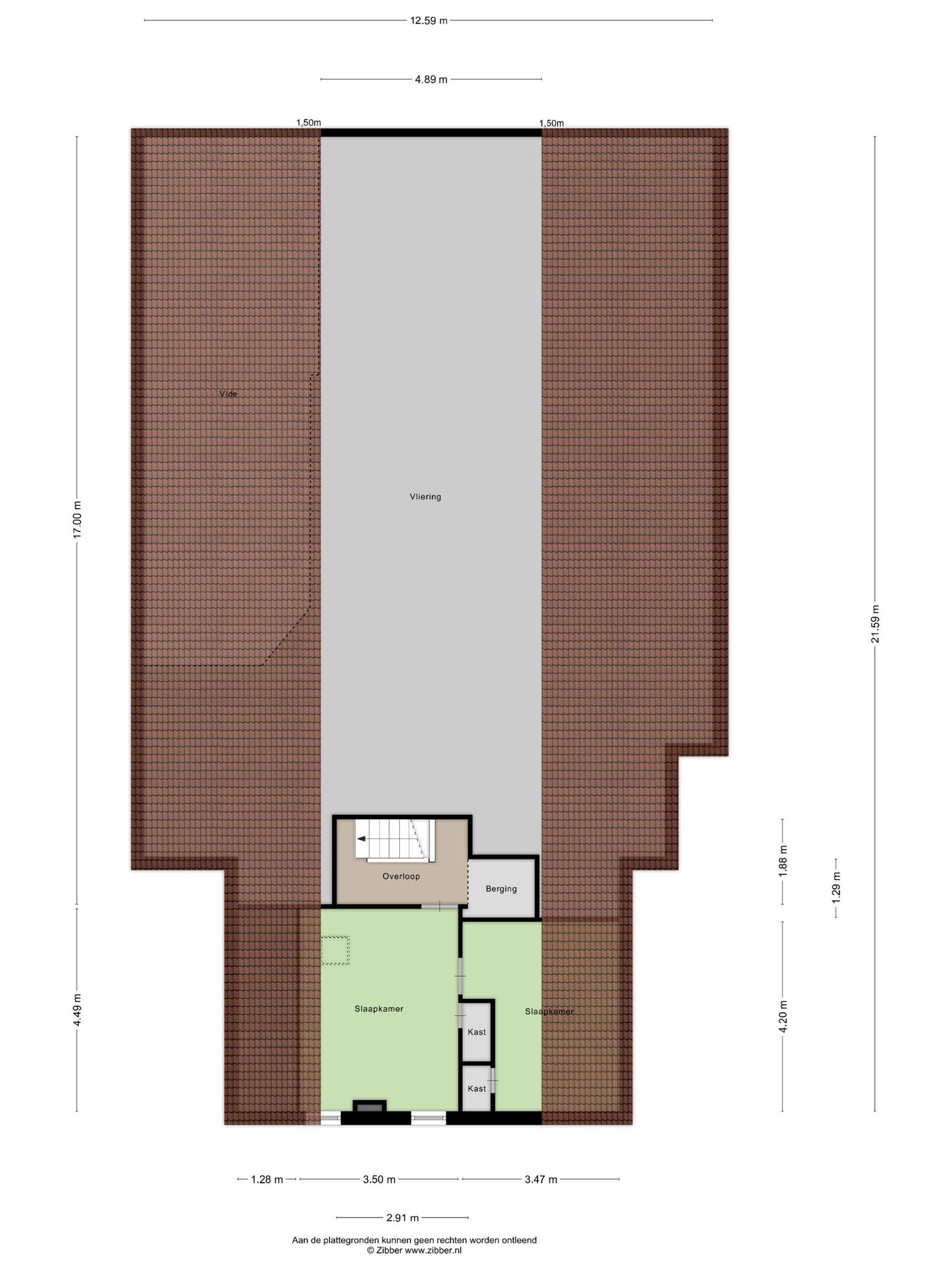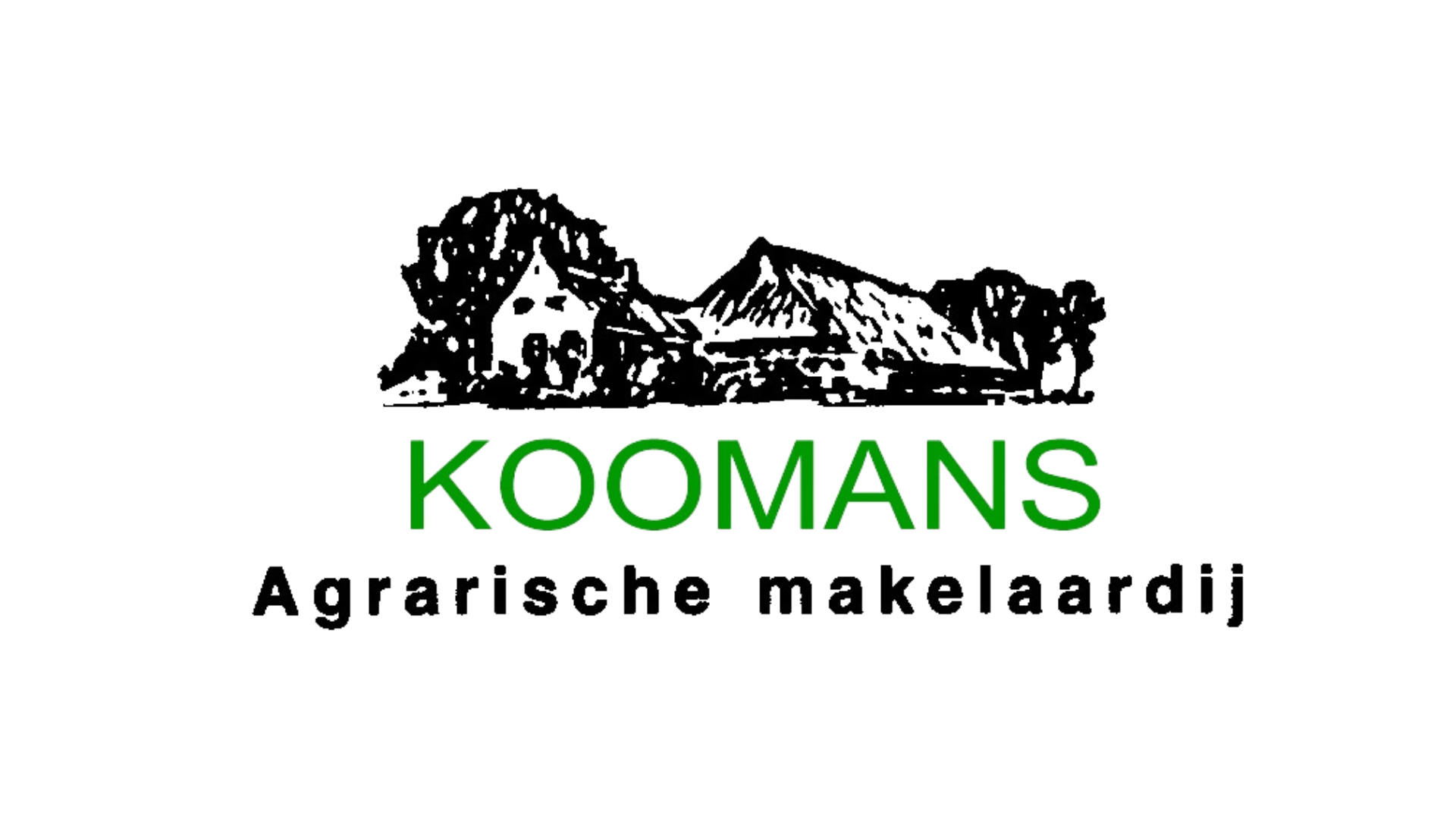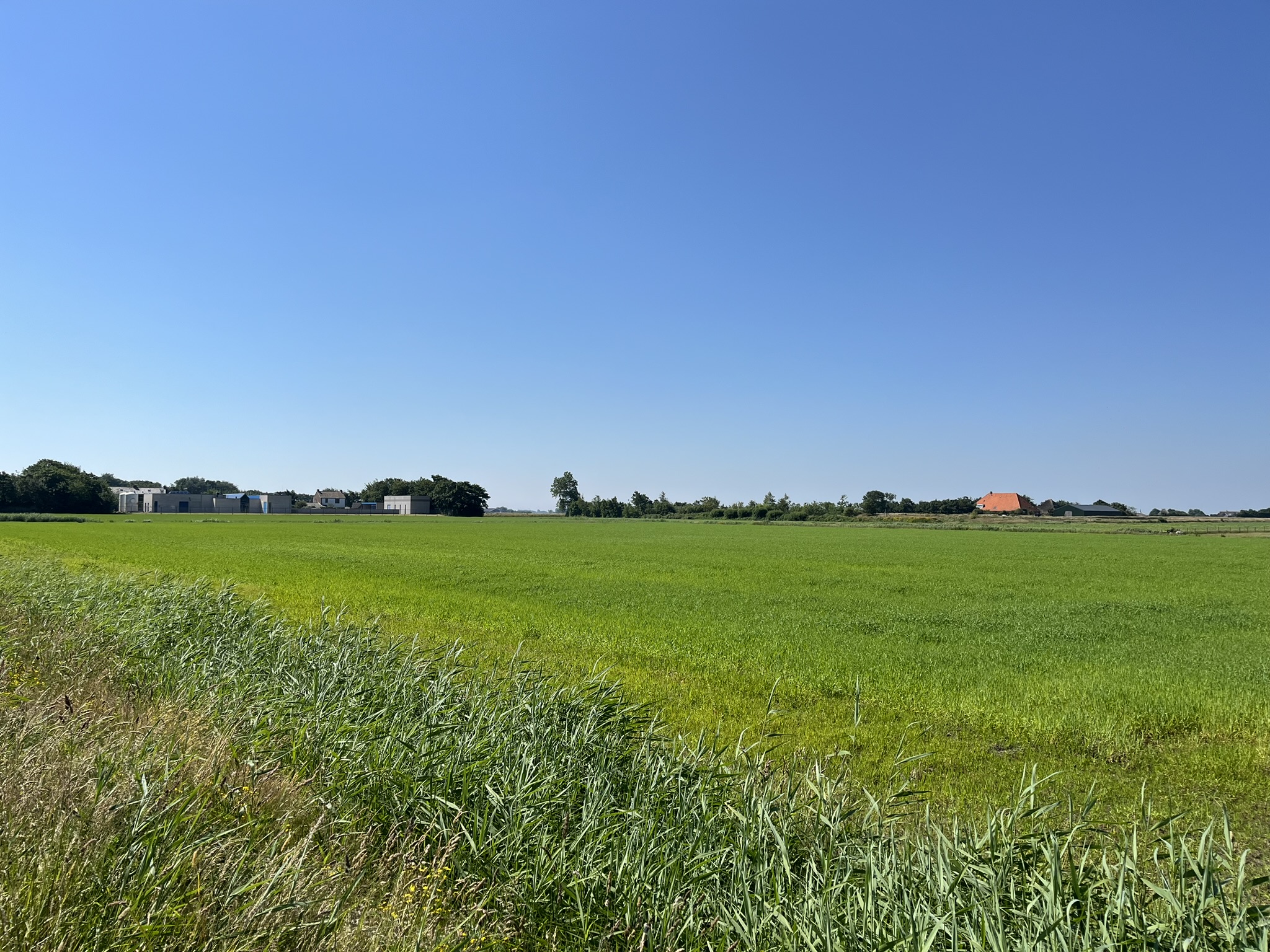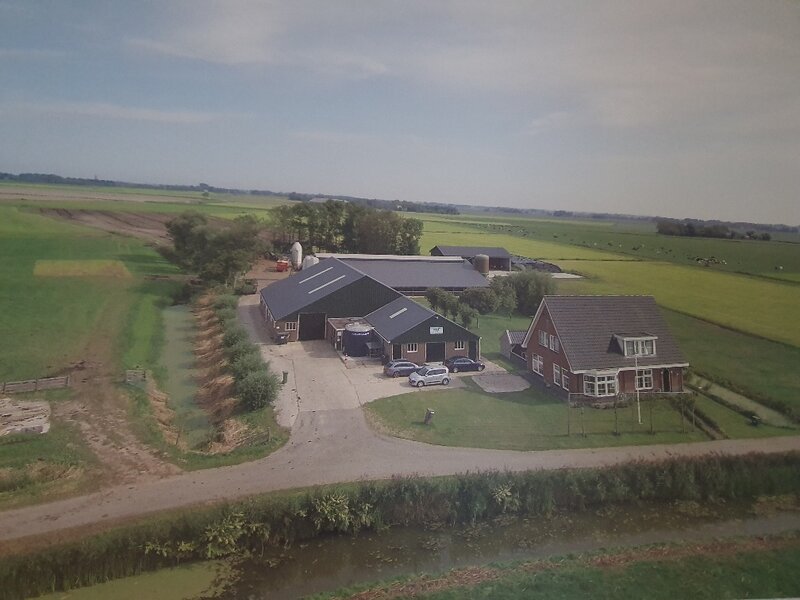Beautifully located, characteristic (farmhouse) with detached barn.
Vledderveen, Drenthe, Netherlands
Characteristics
Characteristics
Description
Beautifully located, characteristic (residential farmhouse) with detached barn and other outbuildings on a total of 4.65.05 ha of land.
The farmhouse was originally built around 1910, with the front facade and one side wall of the house renewed in 1994. The residential part was renovated around 2000.
The farmhouse is traditionally built with brick walls (residential part partly cavity) and tiled roofing. The farmhouse contains a wooden beam construction with a wooden roof.
The residential part is centrally heated with an Intergas combi boiler from 2017 and radiators. The house is largely equipped with plastic window frames and double glazing.
The farmhouse contains approximately 180 m² of indoor barn space.
Behind the farmhouse is an agricultural barn, approximately 15x10m. This barn also contains a wooden beam construction and wooden roof. The walls are made of stone and the roofing consists of (probably asbestos-containing) corrugated sheets.
Furthermore, there are several smaller outbuildings on the property that serve as storage or animal shelters.
Behind the yard plot lies a plot of agricultural land measuring approximately 4.25 ha. The soil type is sand/Field podzol soils; low in loam and weakly loamy fine sand. The land has been used for growing silage maize in recent years.
We strive to contact you within 48 hours.
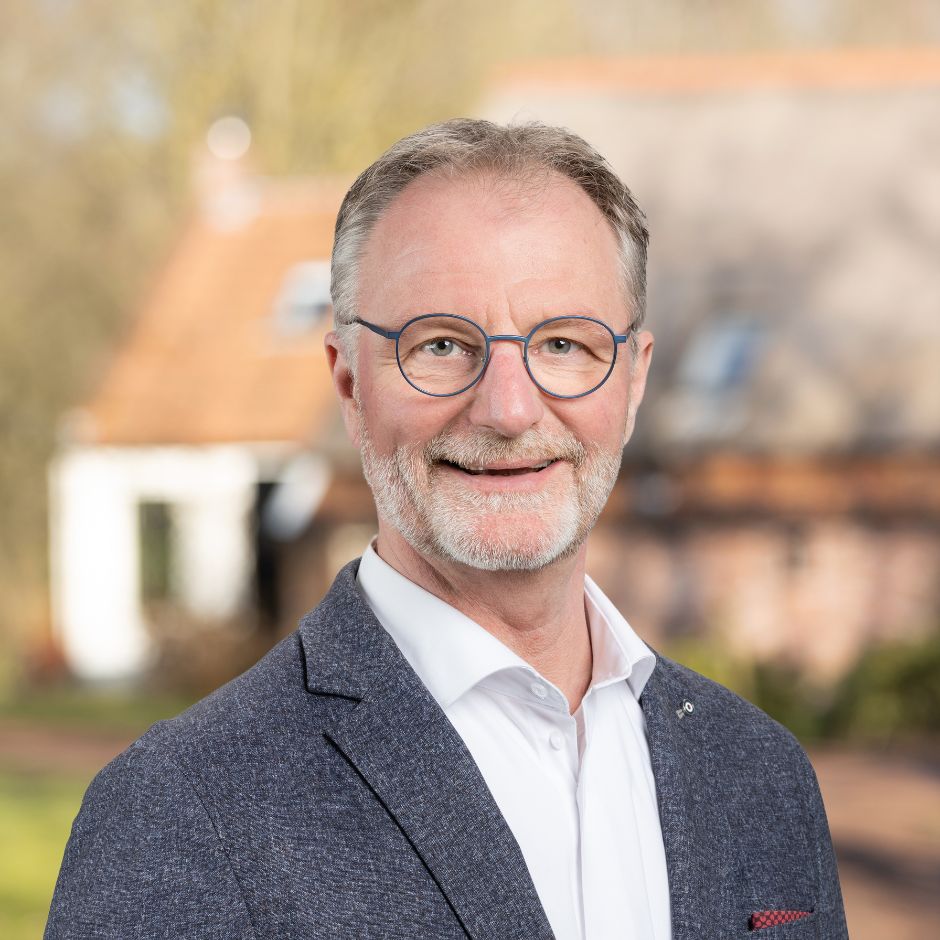
The Netherlands
With a population of over 17 million and an area of 41,543 km², the Netherlands has a high population density of 504 per km². About 18% of its surface area consists of water, and a significant portion of the land and population is located below sea level. The country is protected from water through a system of dikes and waterworks. Polders have been created through land reclamation. The landscape of the Netherlands is flat almost everywhere. The Dutch landscape mainly consists of cultural landscapes and managed nature reserves. Over the centuries, not only has the natural environment changed, but due to the shrinking and fragmentation of habitats and environmental pollution, both the quality and quantity of nature have deteriorated. Efforts are being made through nature policy and private initiatives to reverse this trend.
Through diversification in agriculture, entrepreneurs must also try to generate income from non-agricultural activities. These include agricultural nature and water management, agro-tourism, and care farms.
